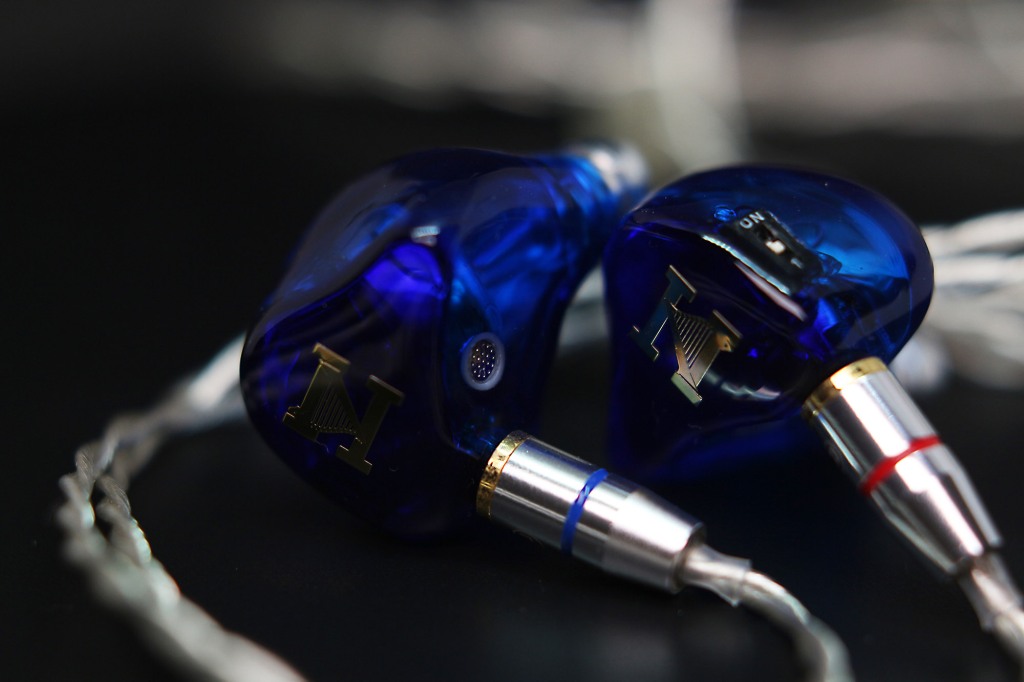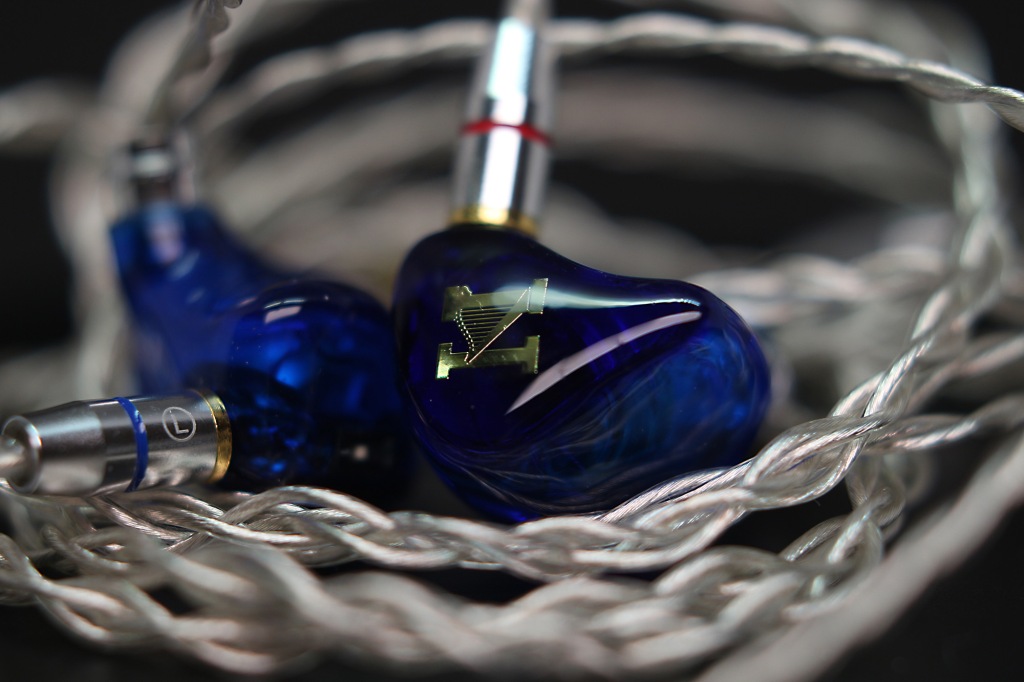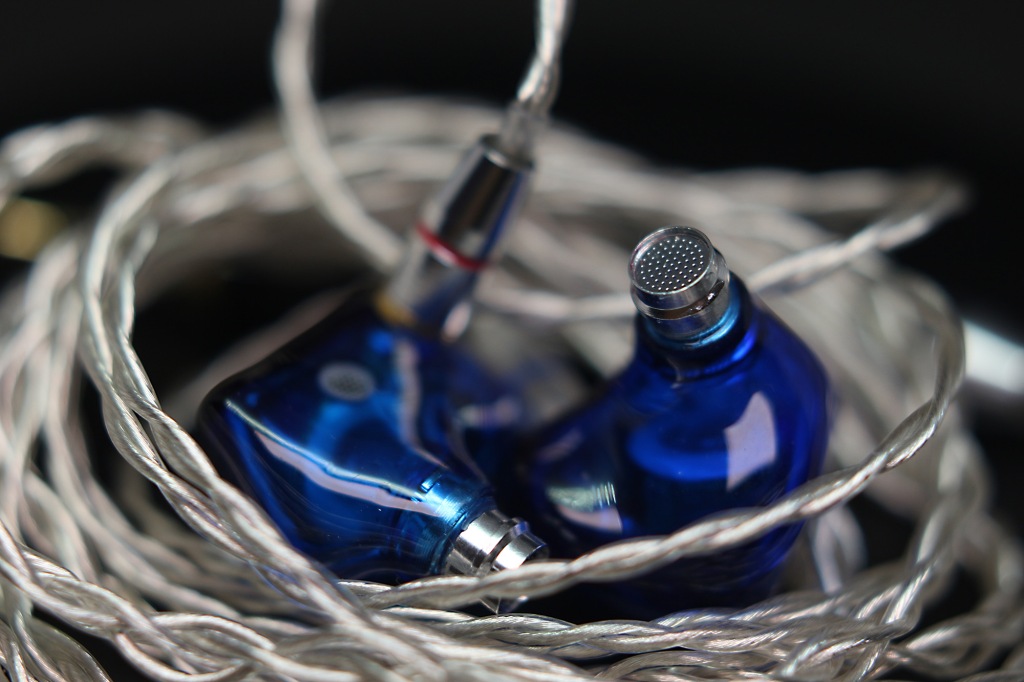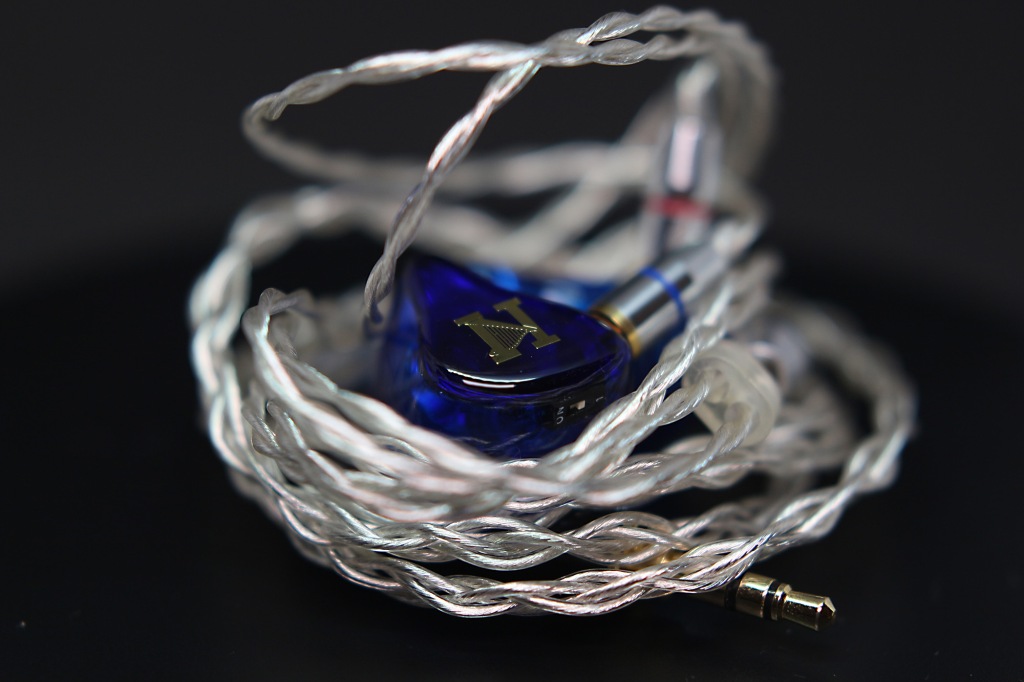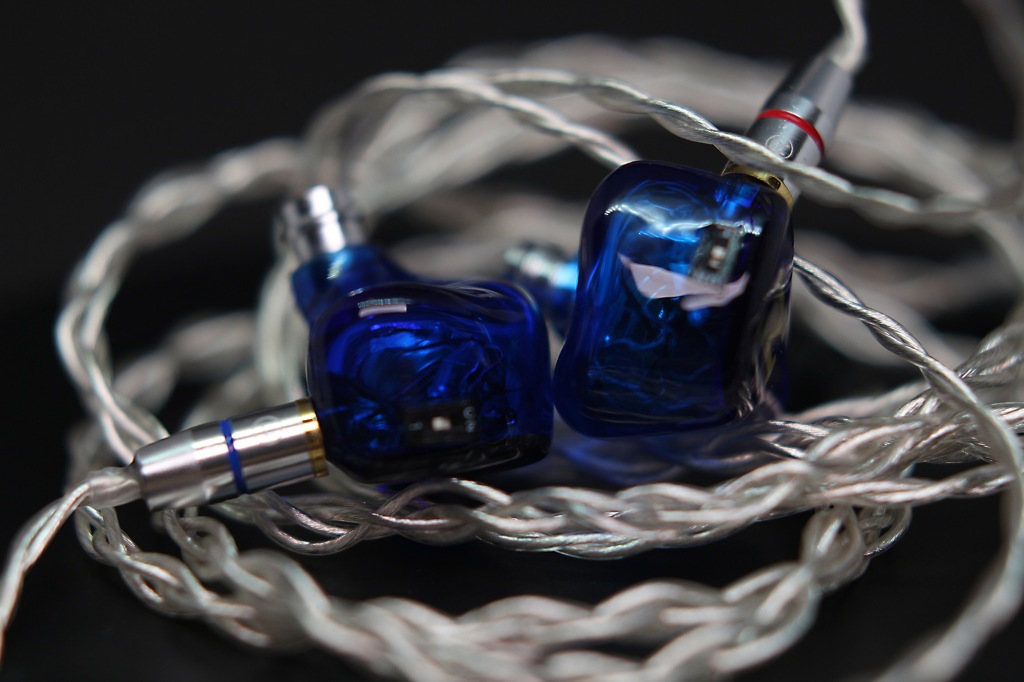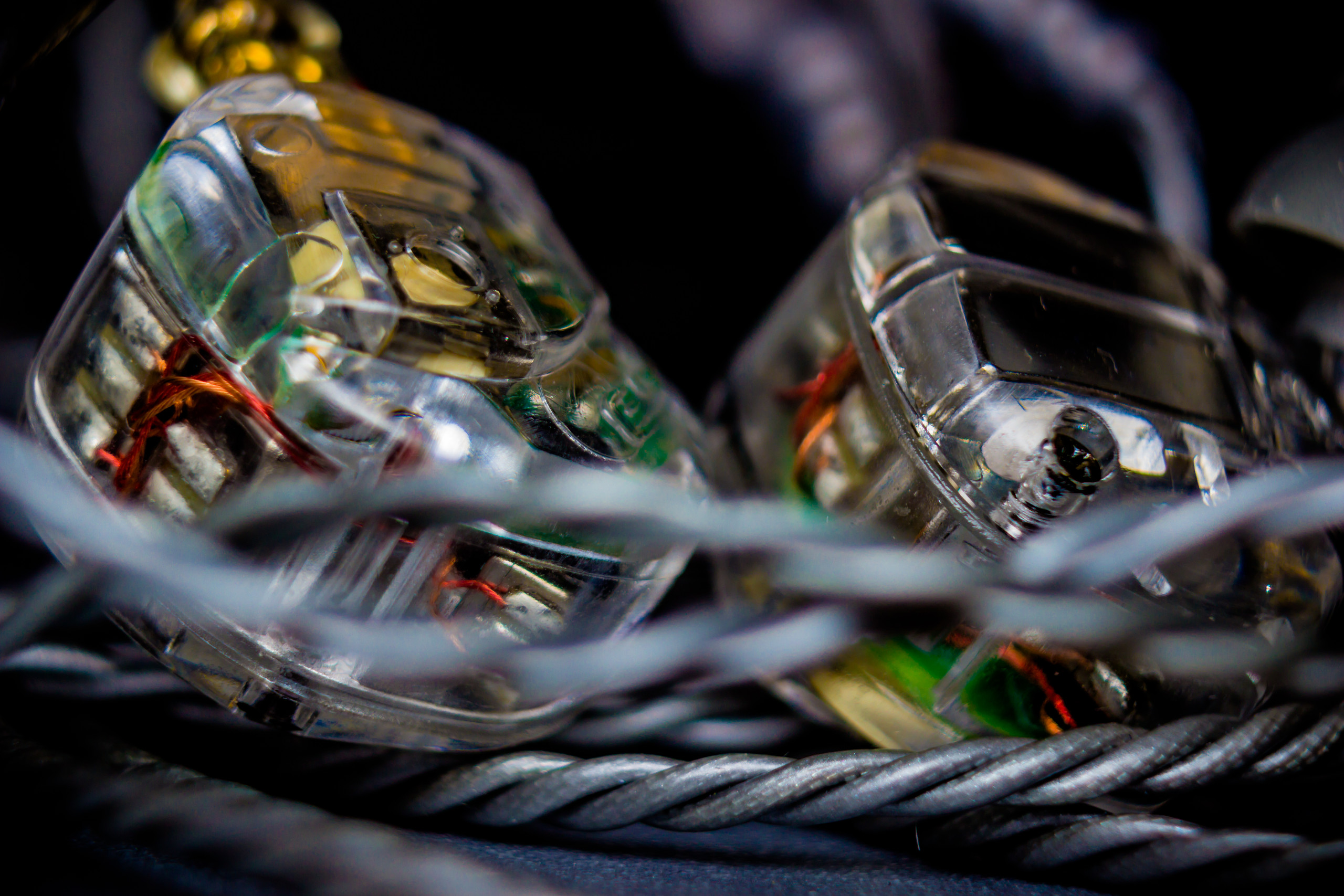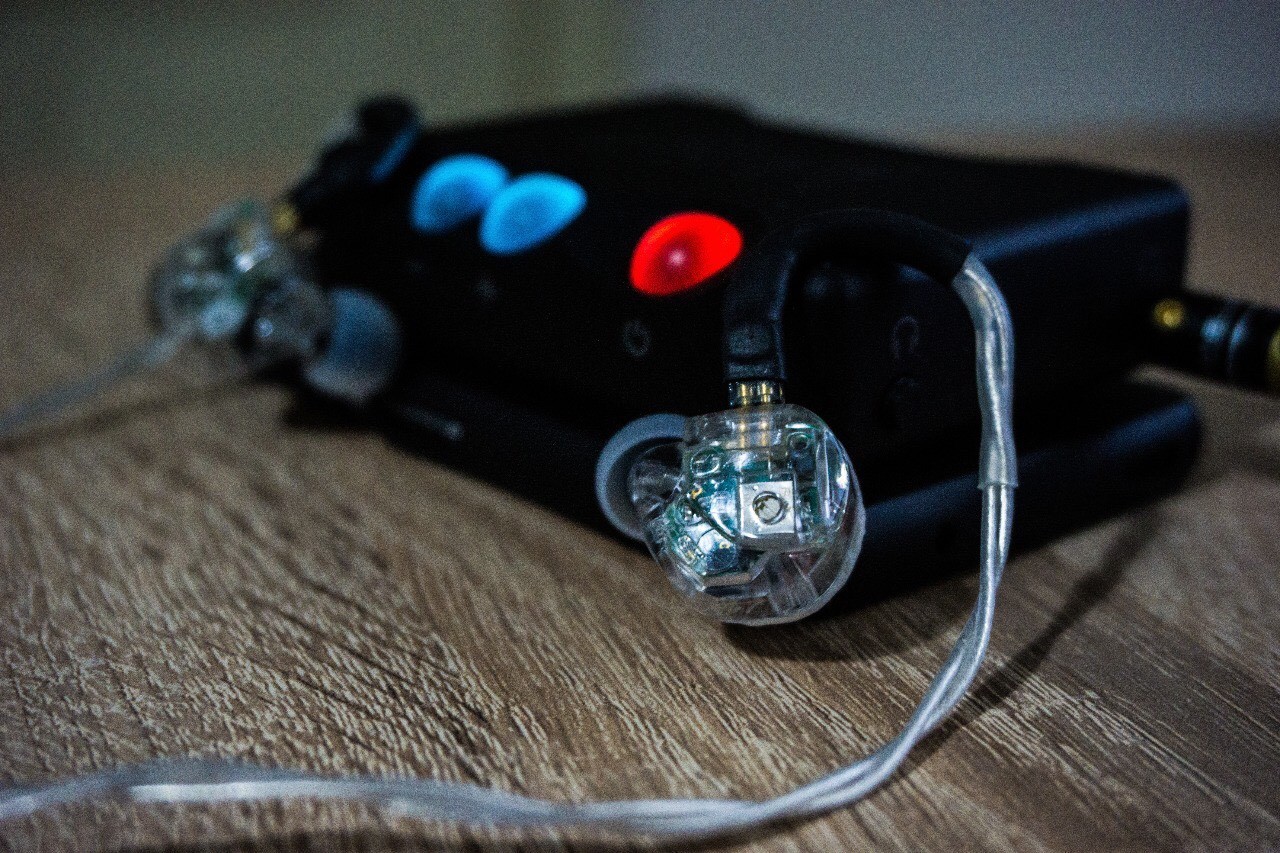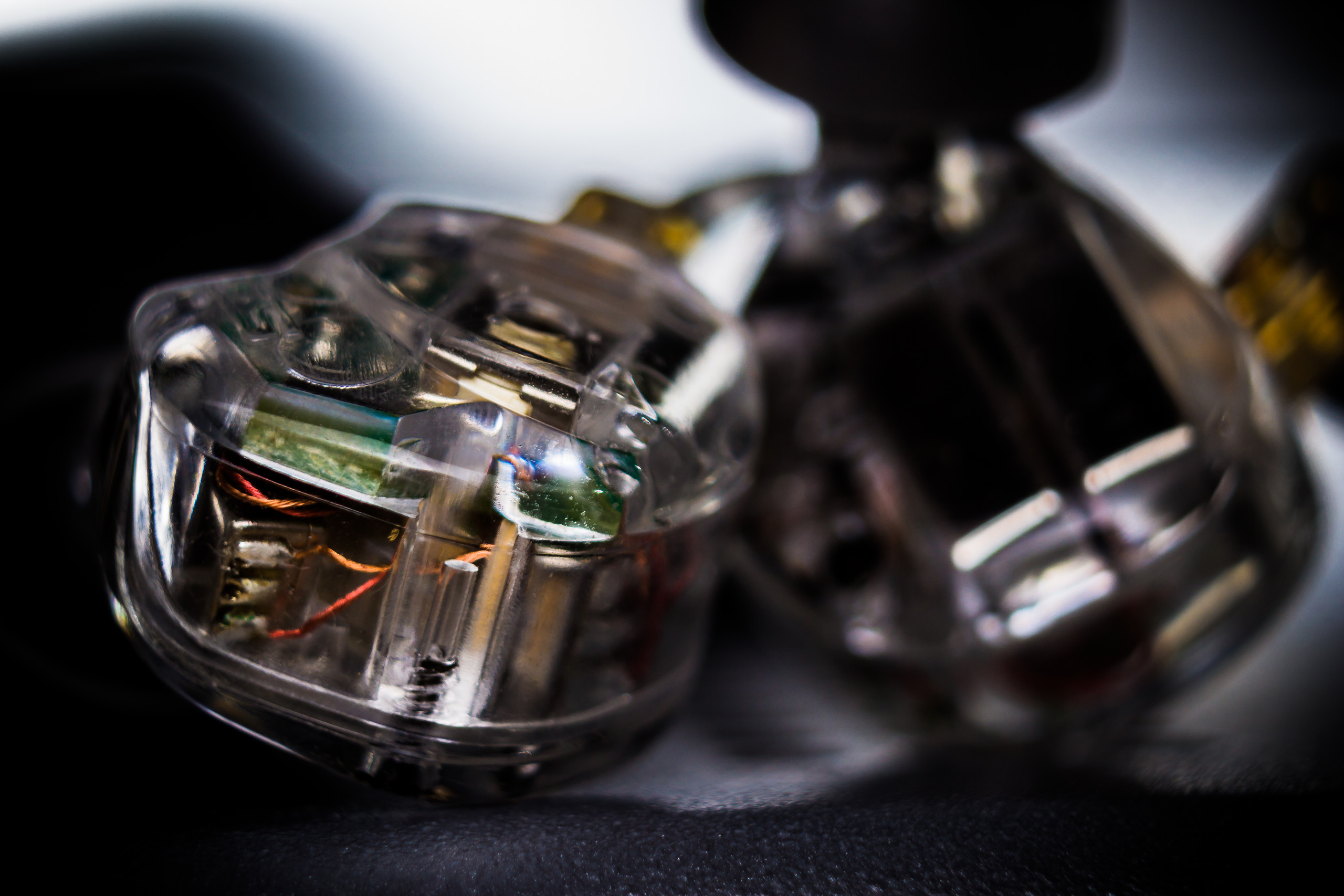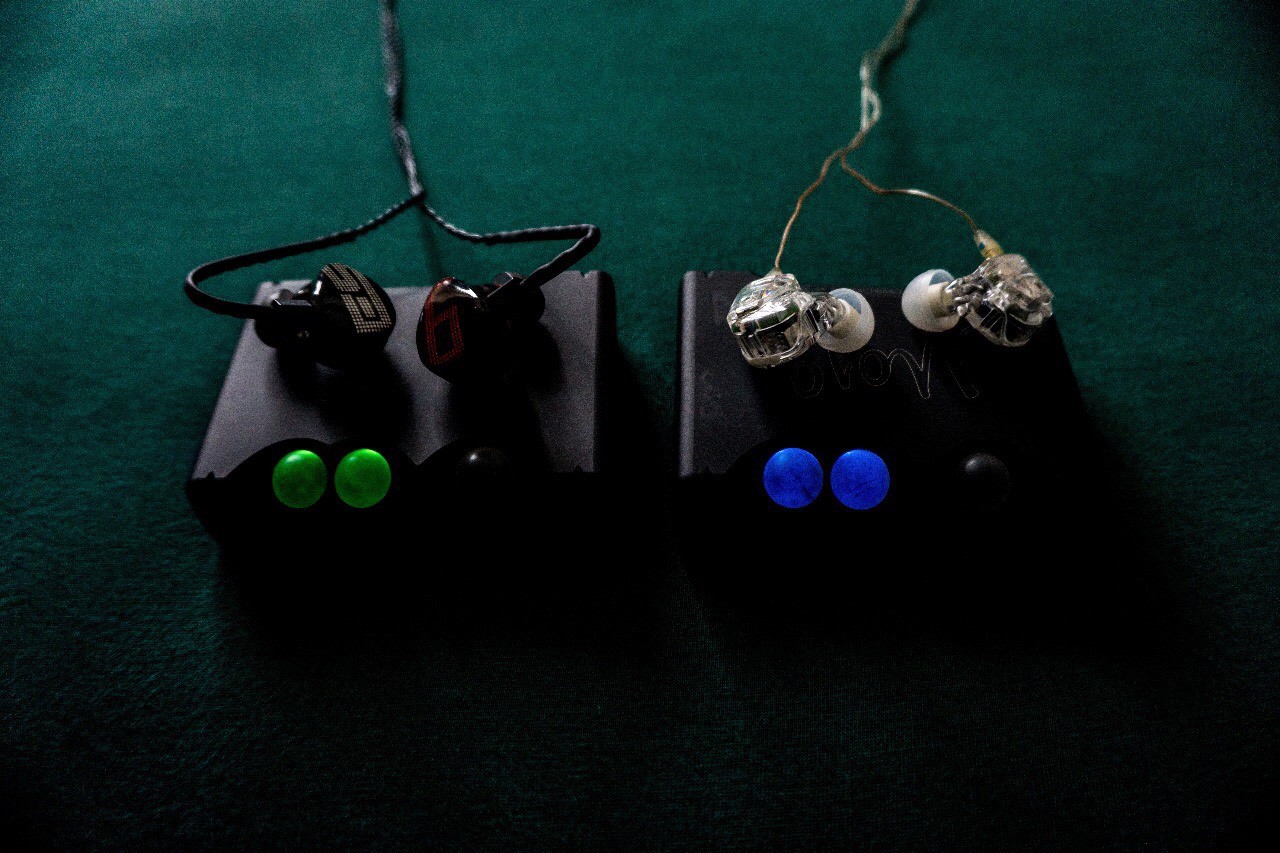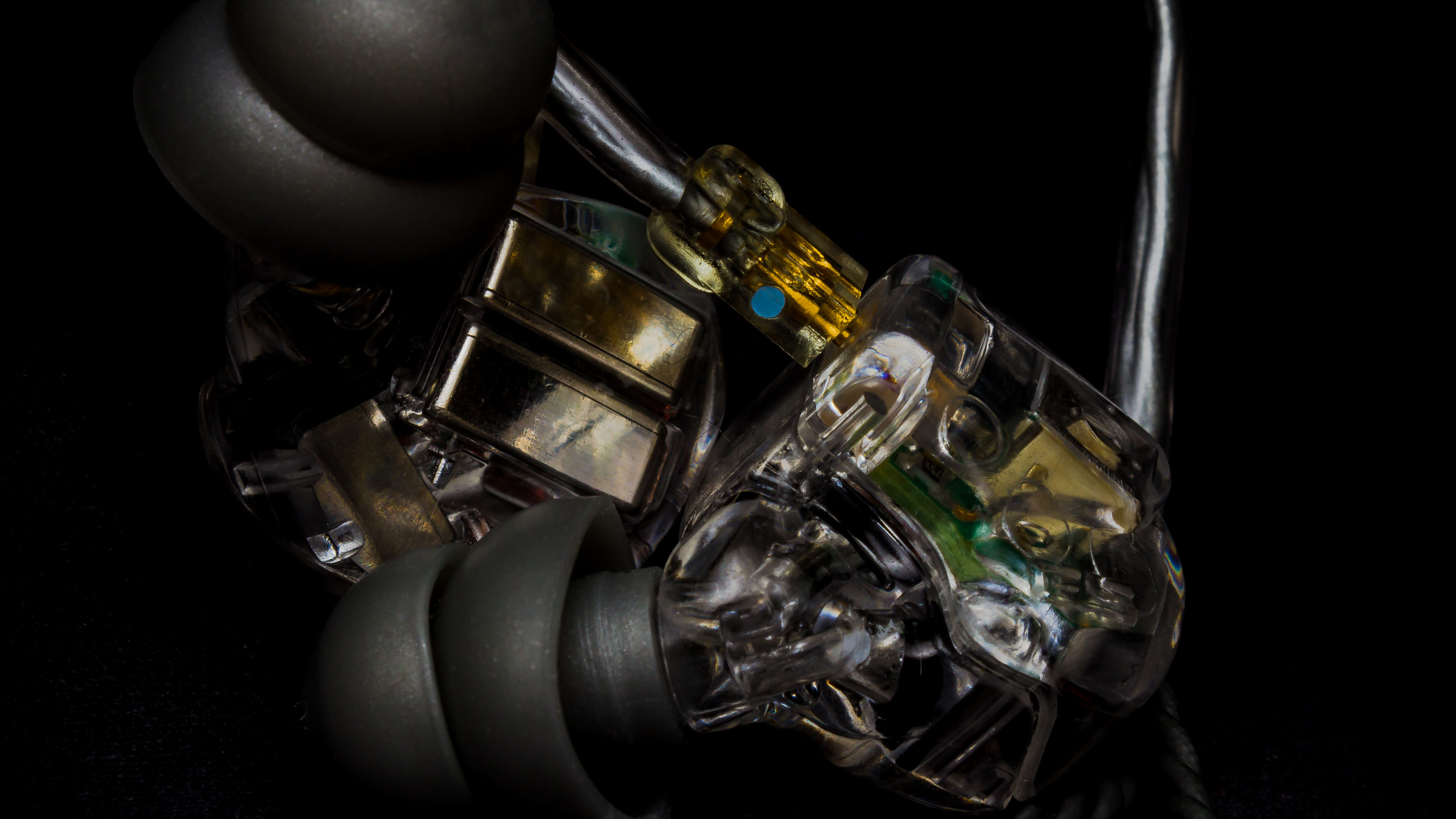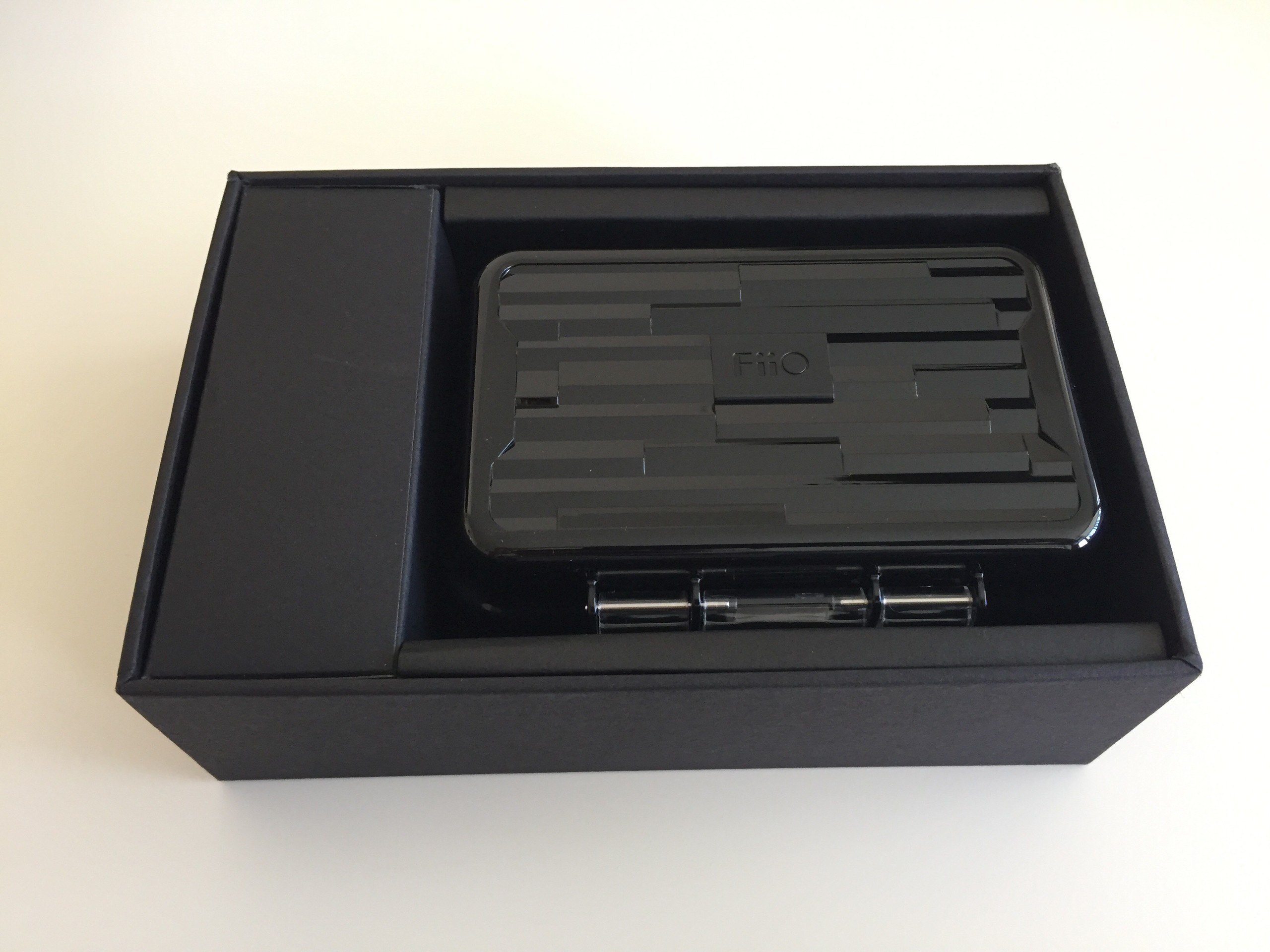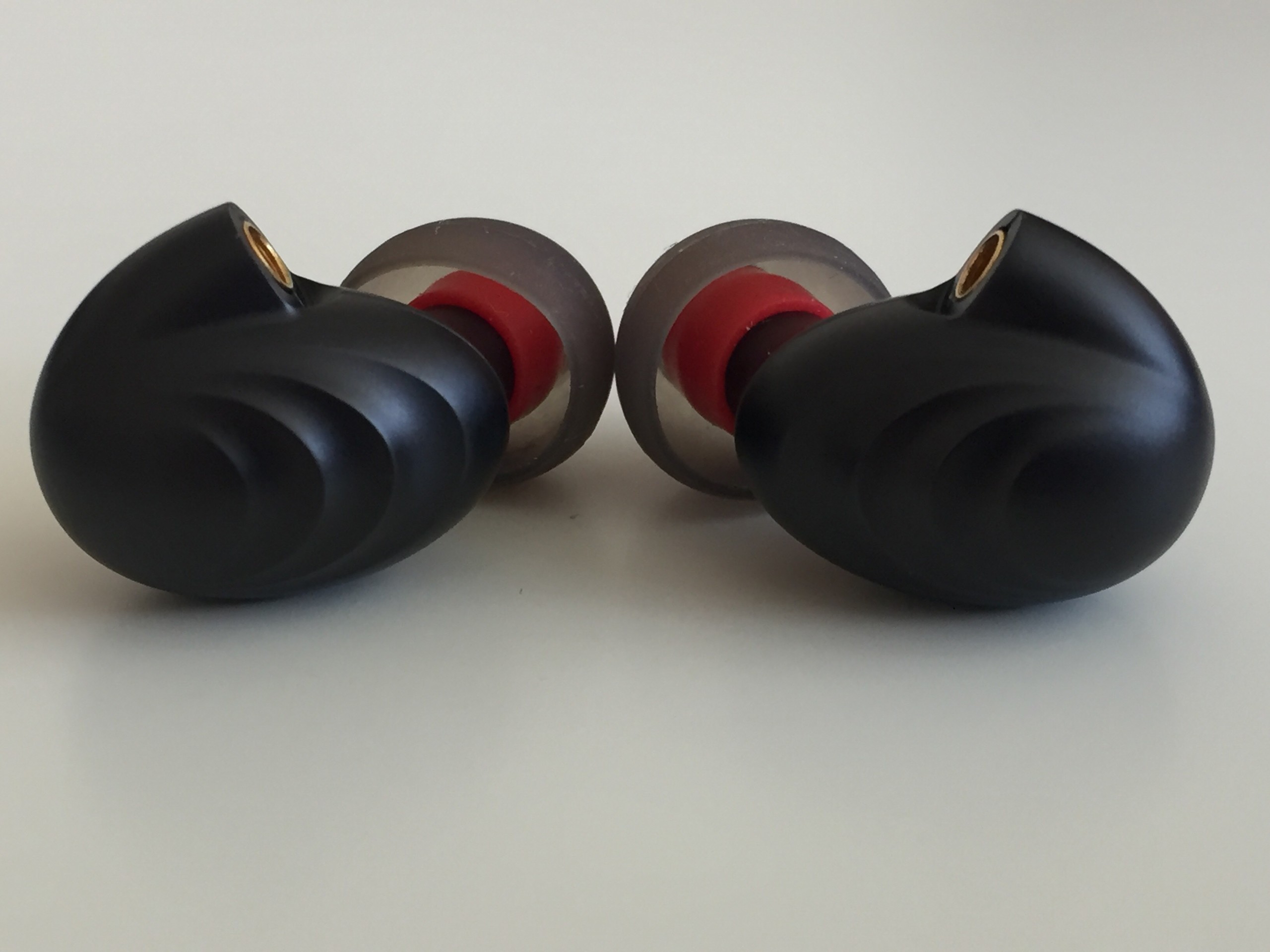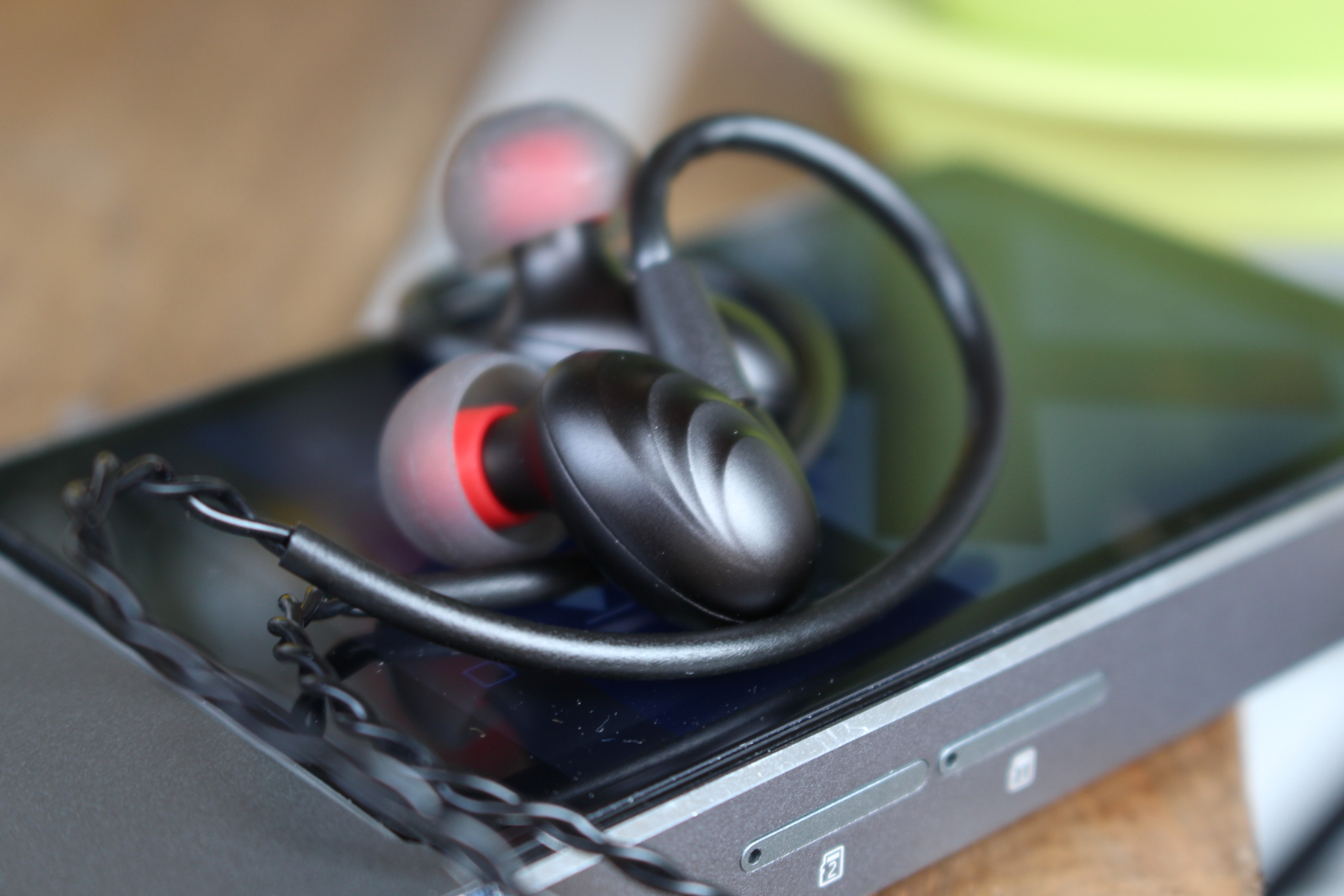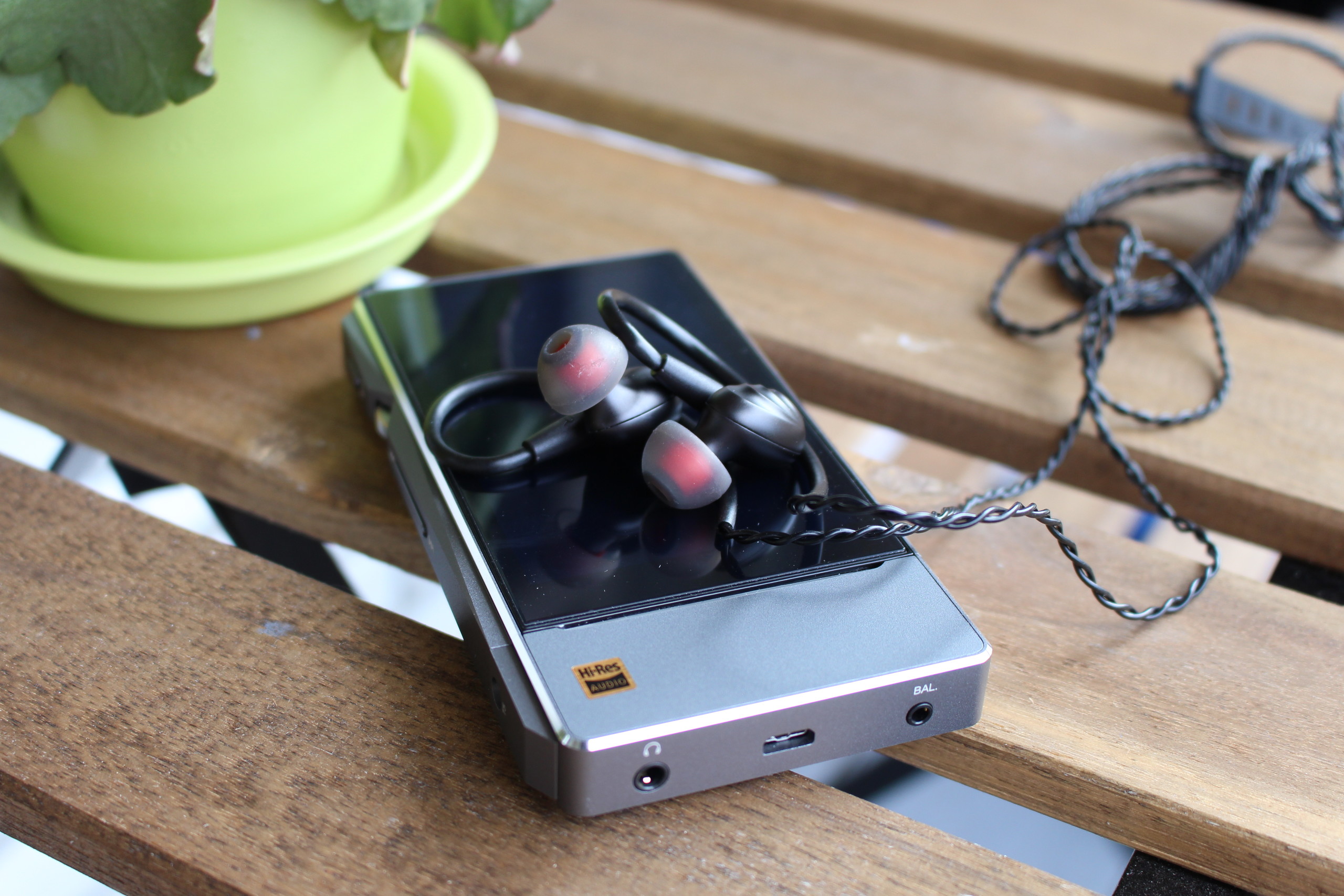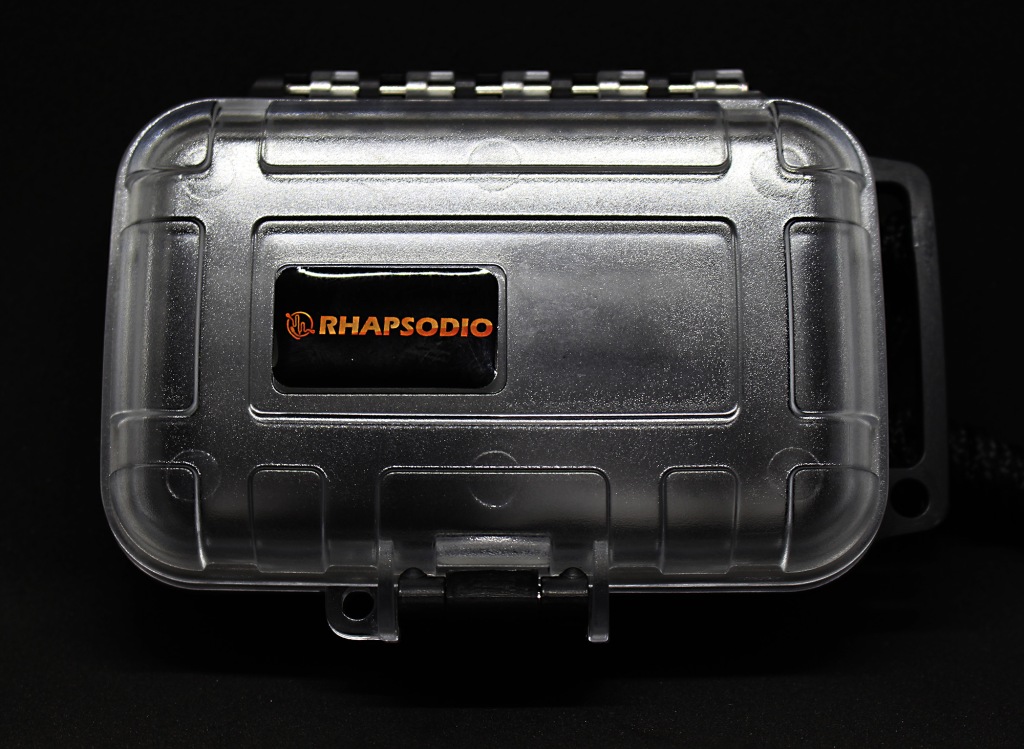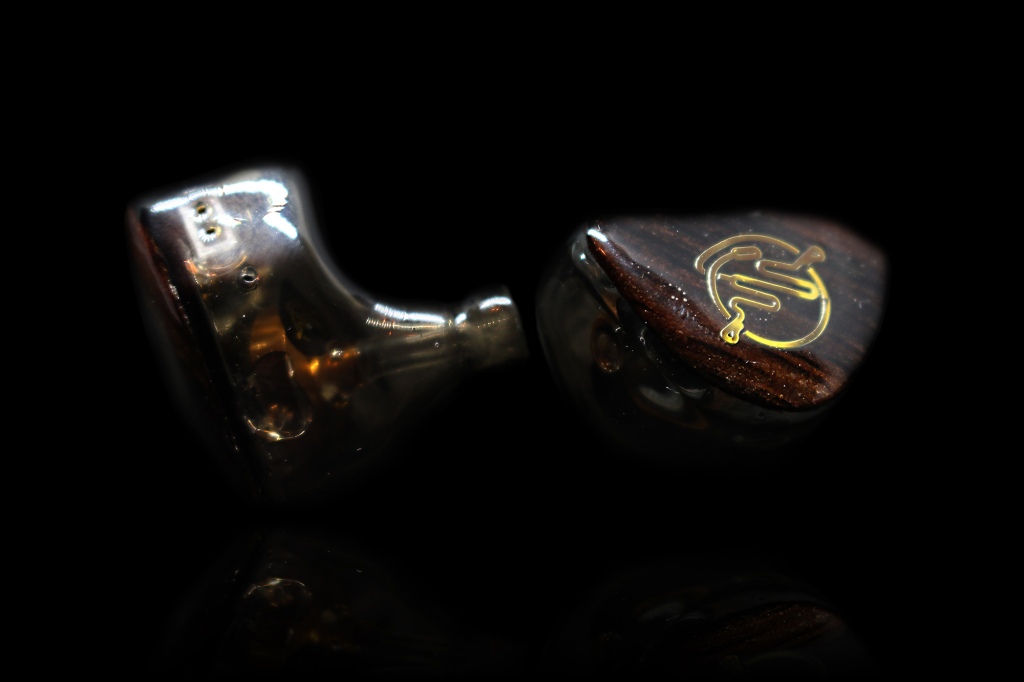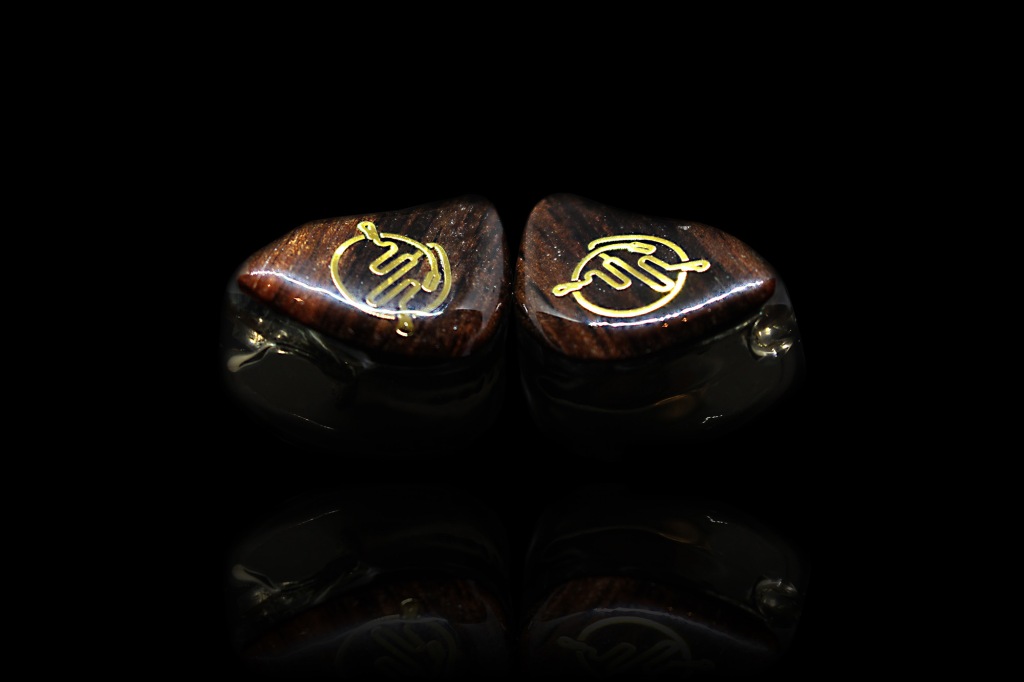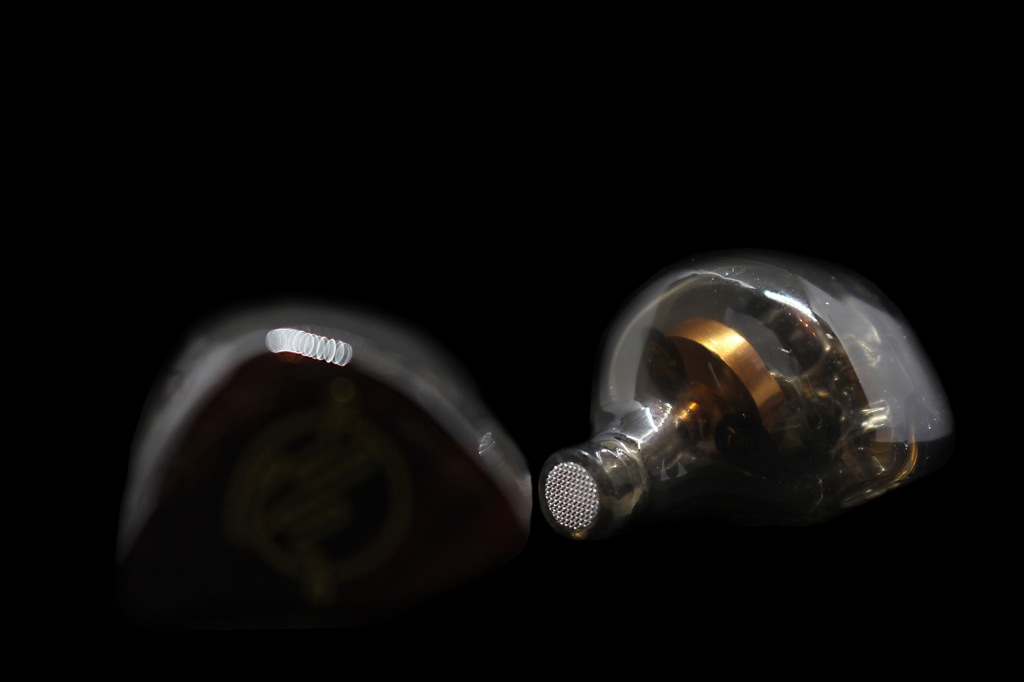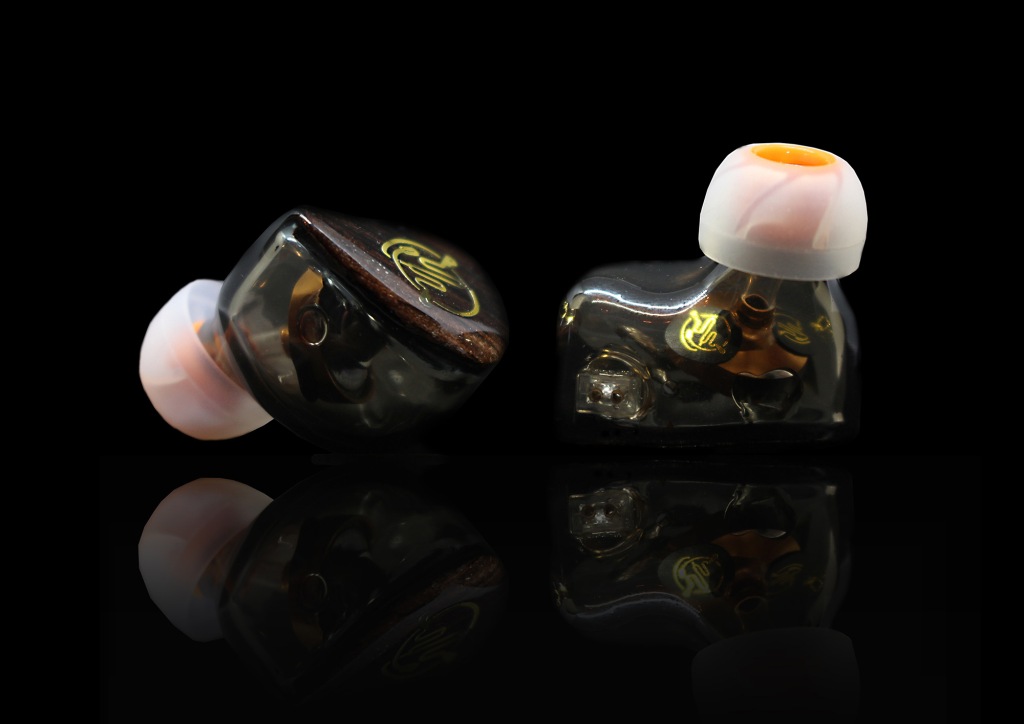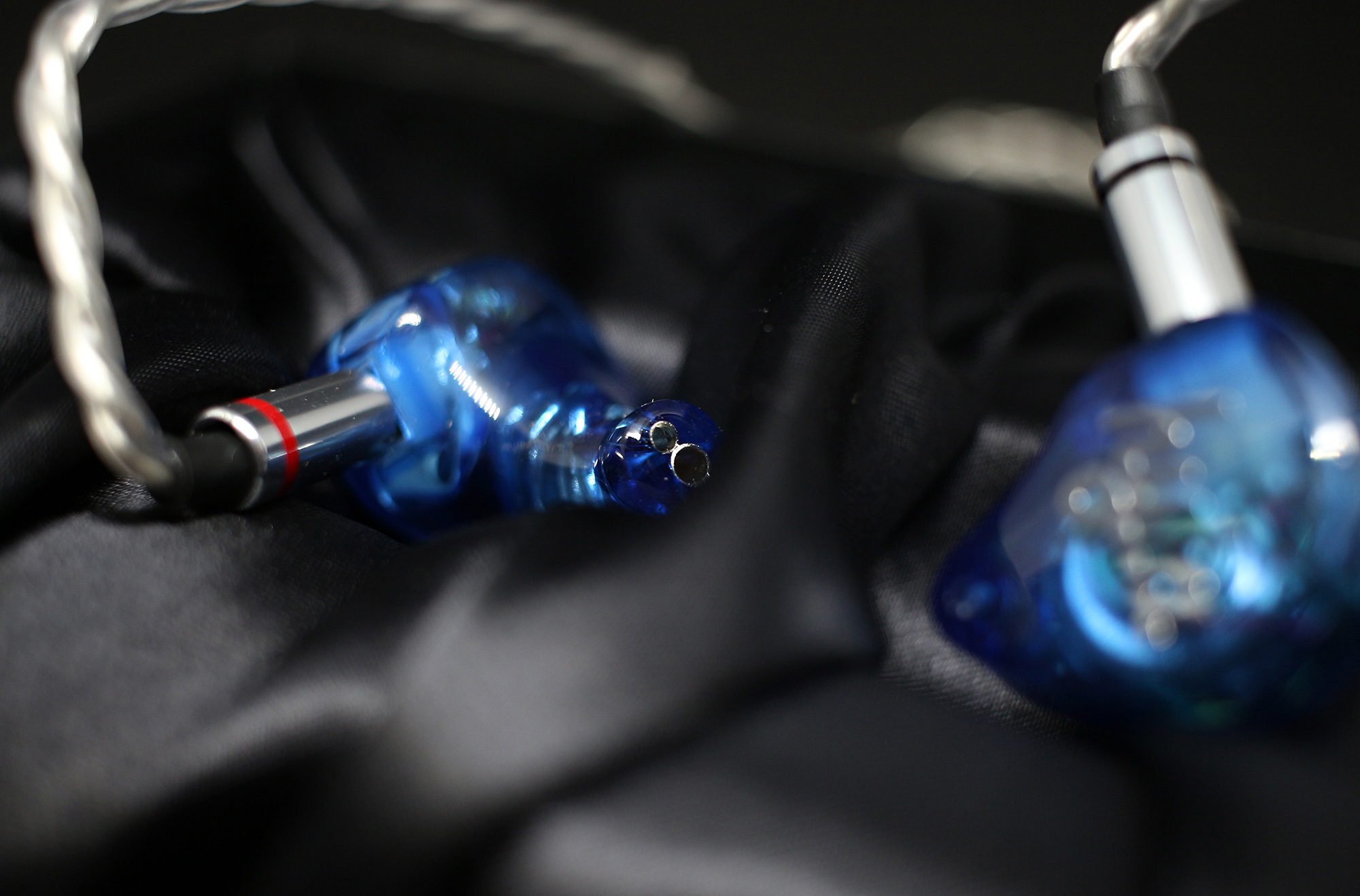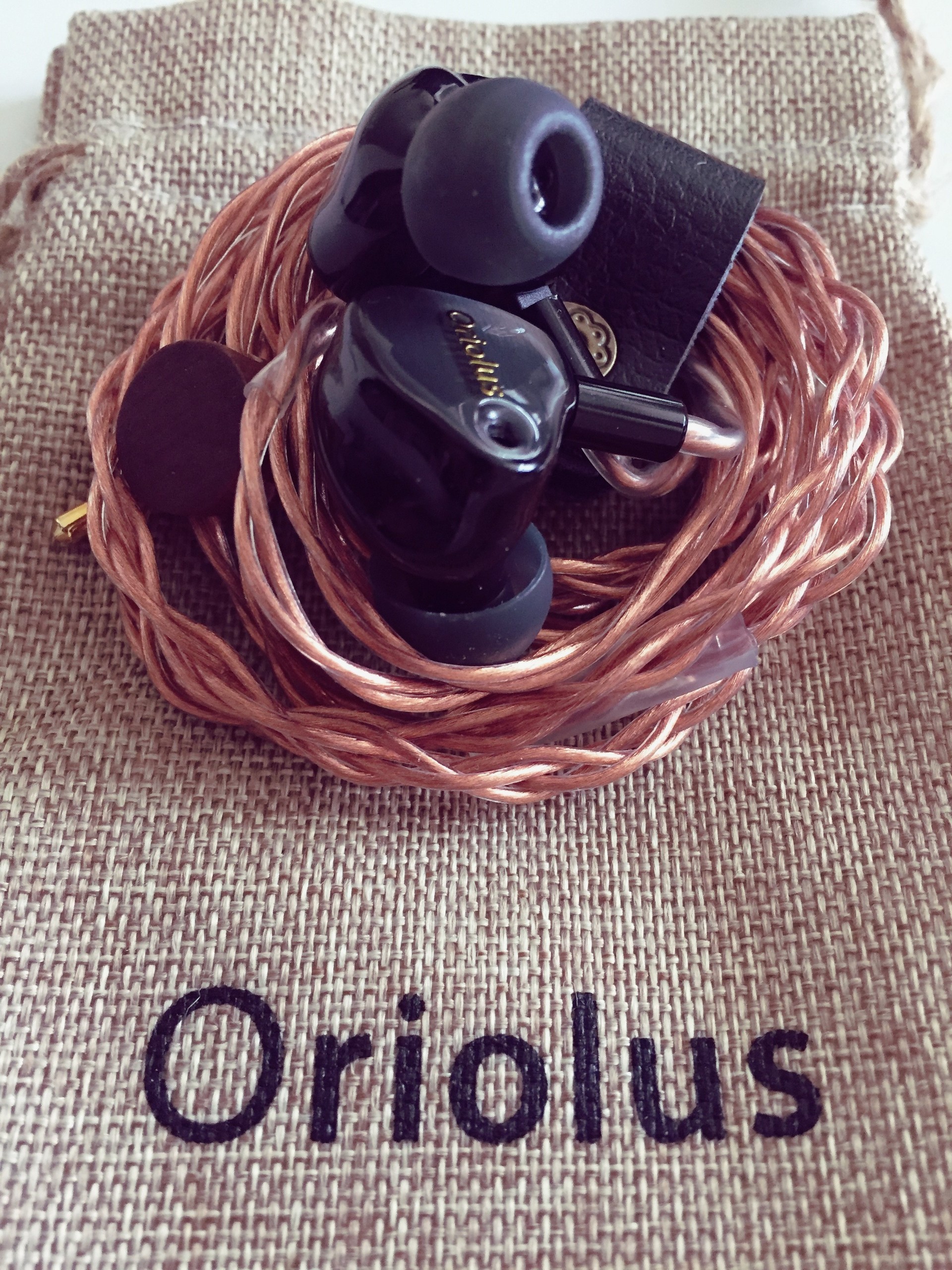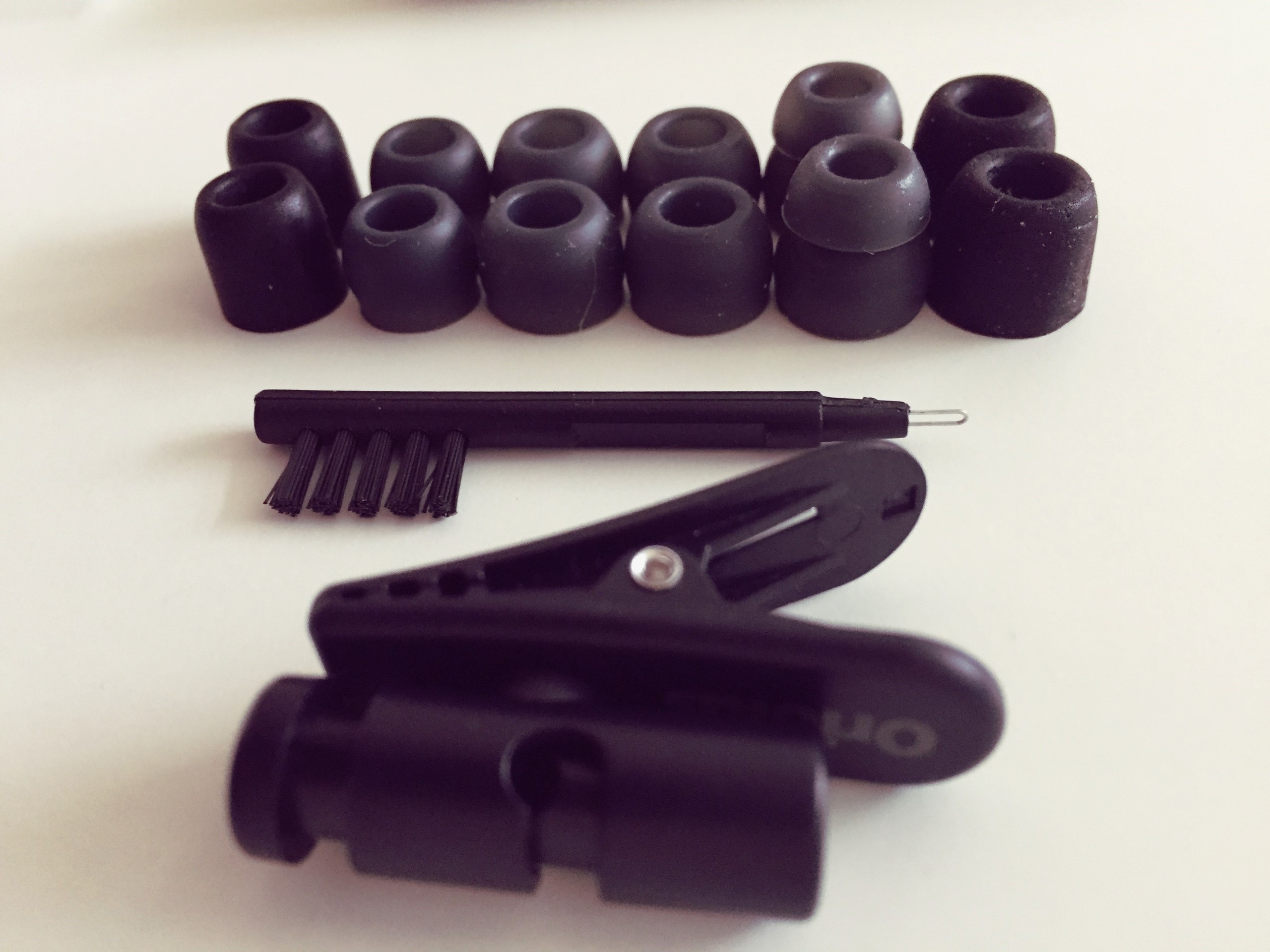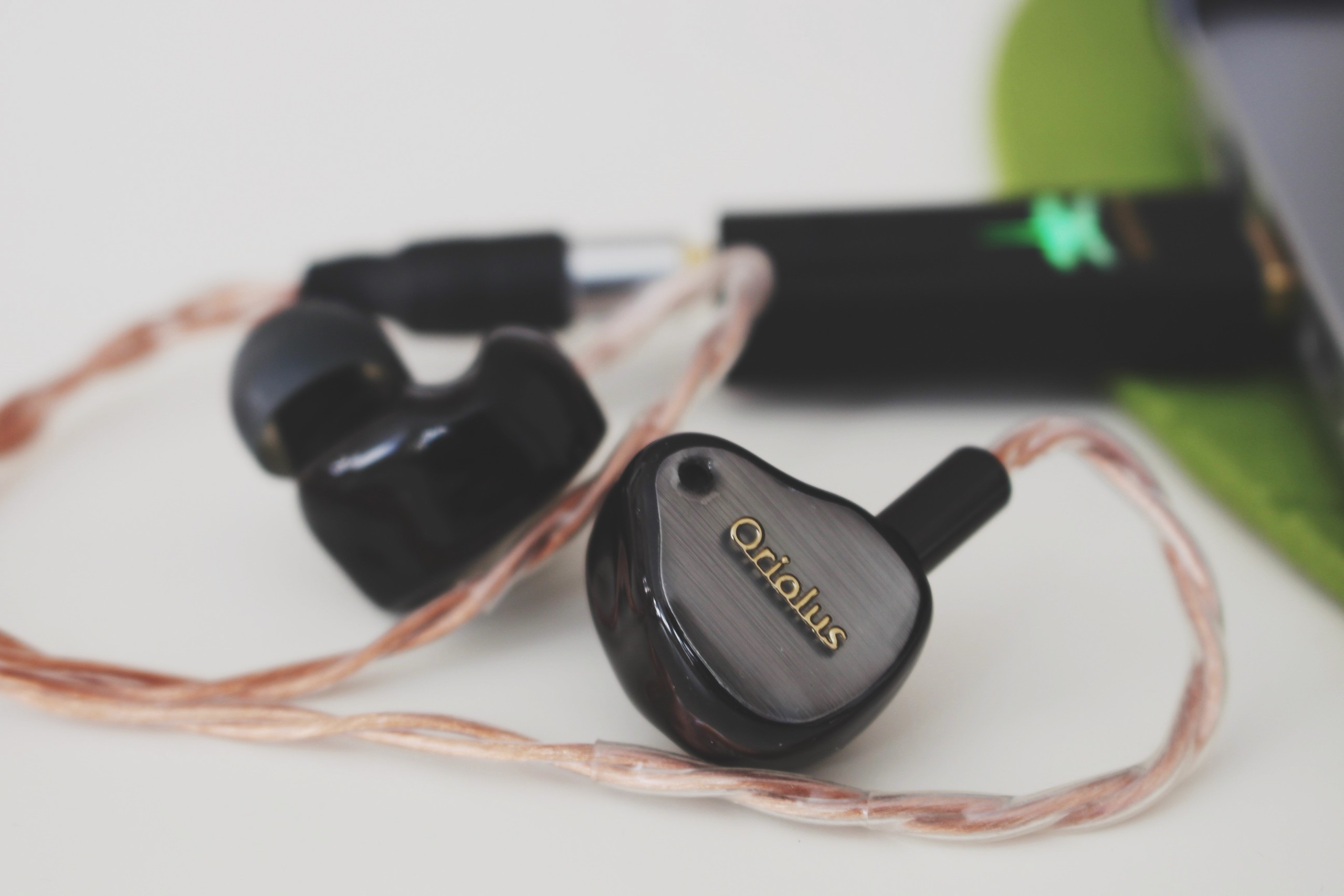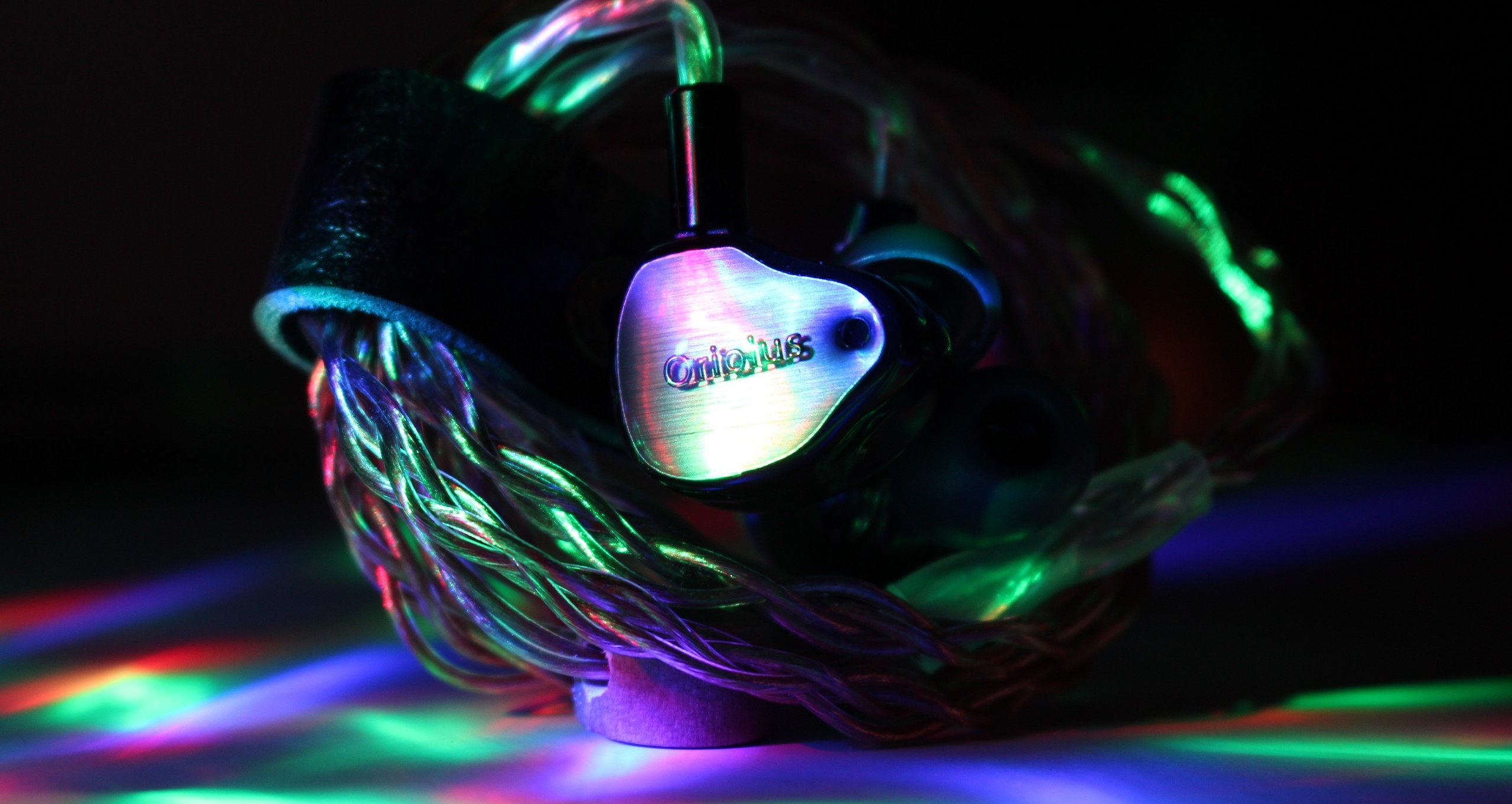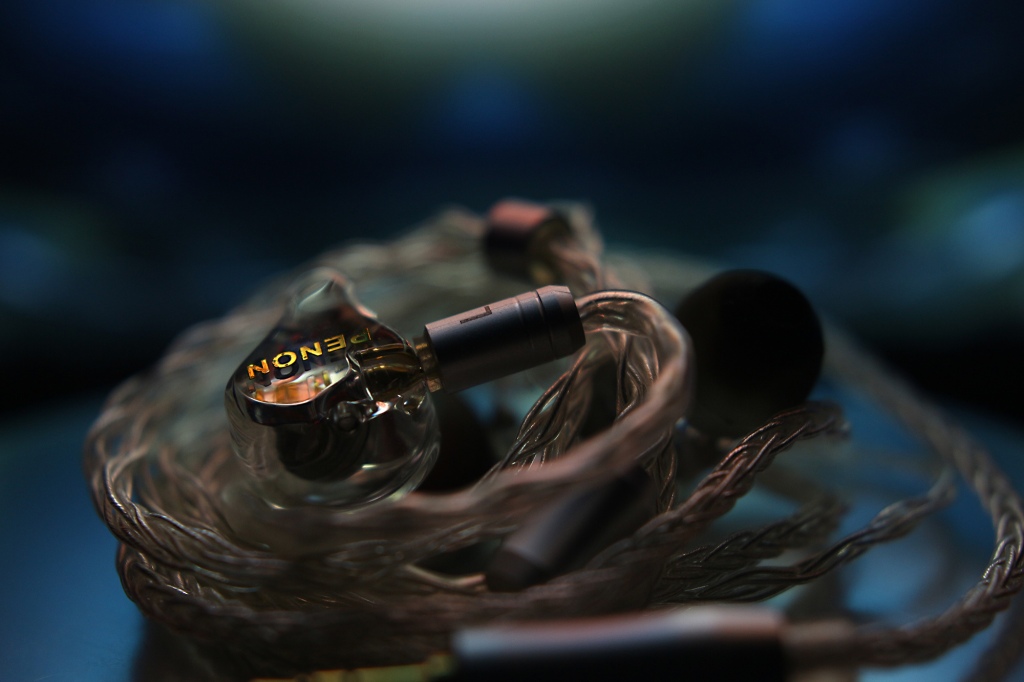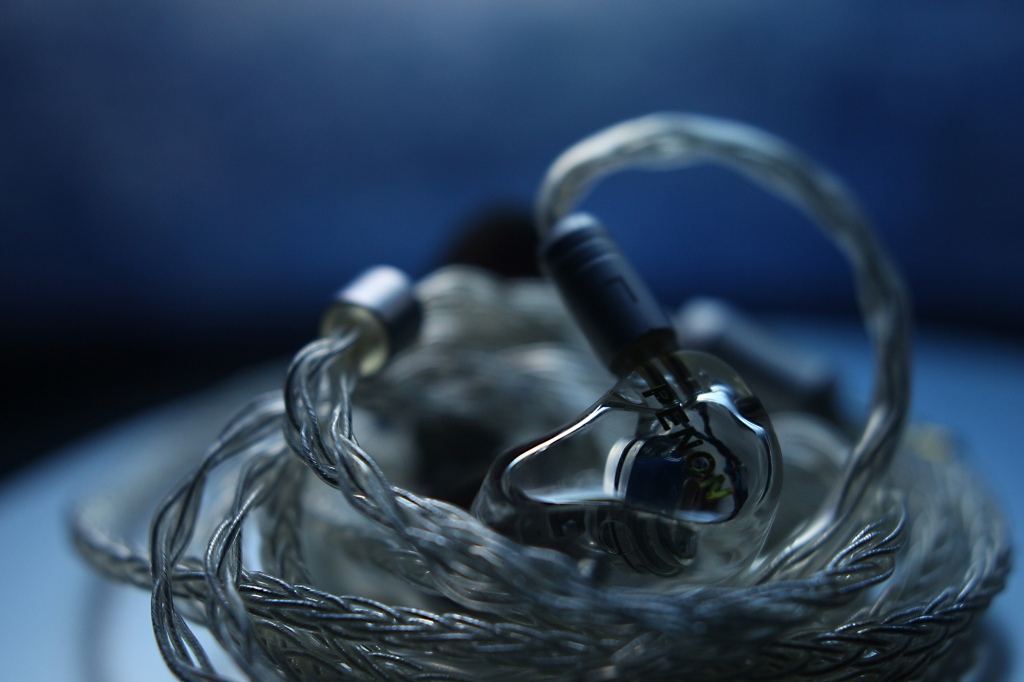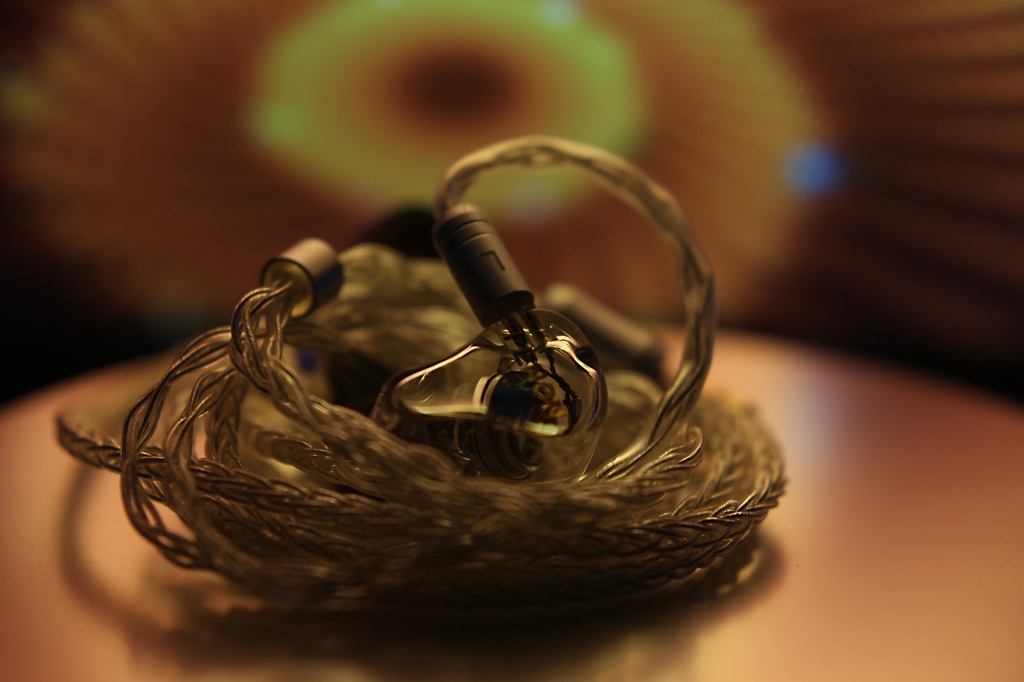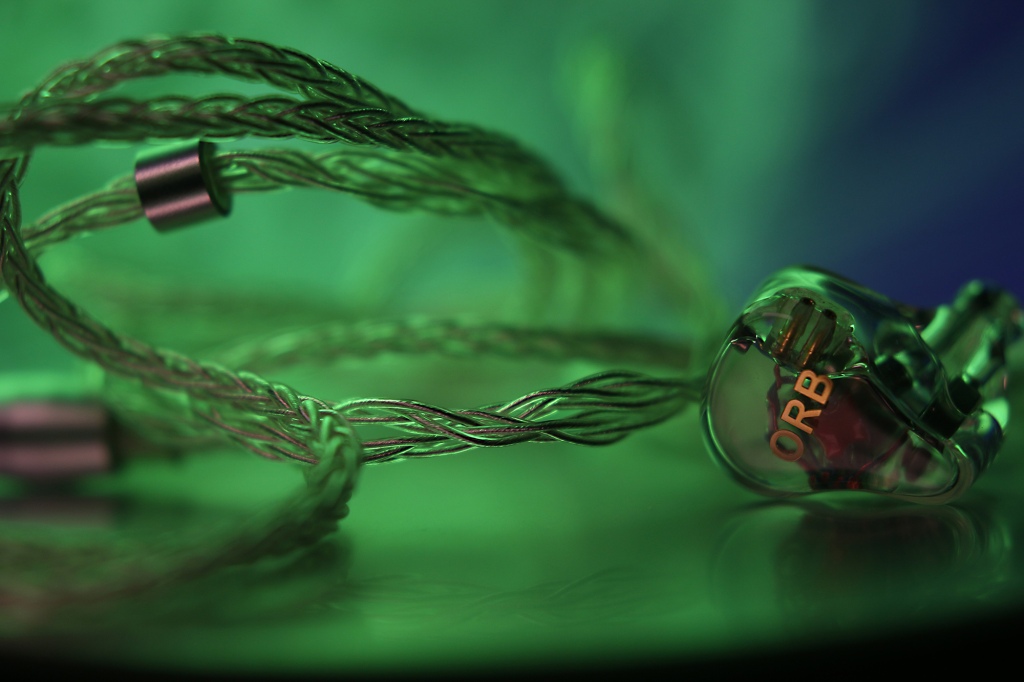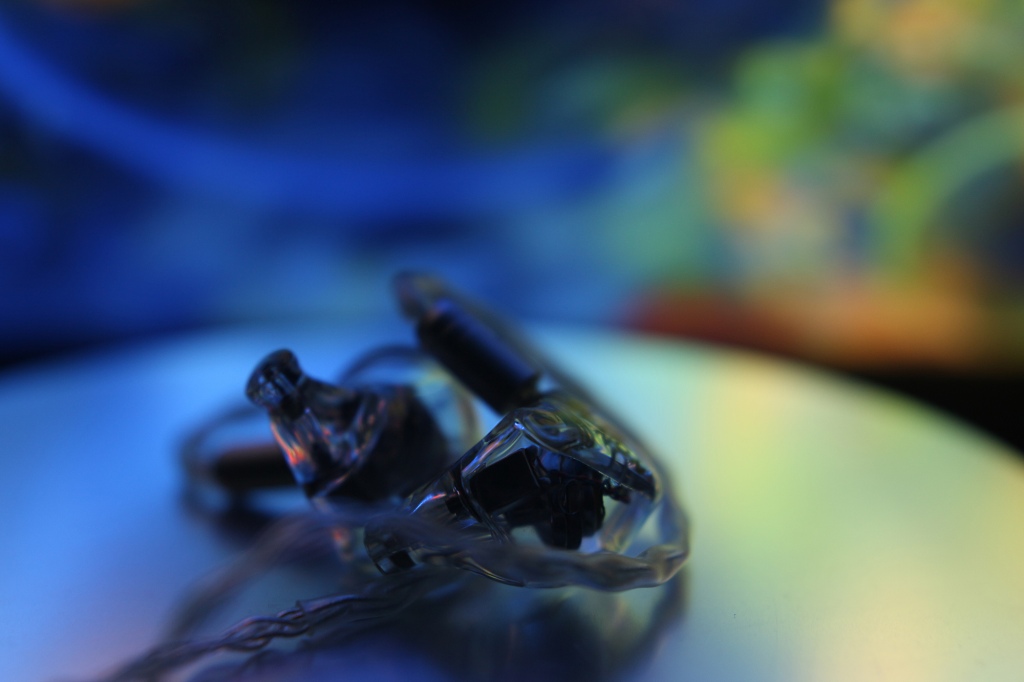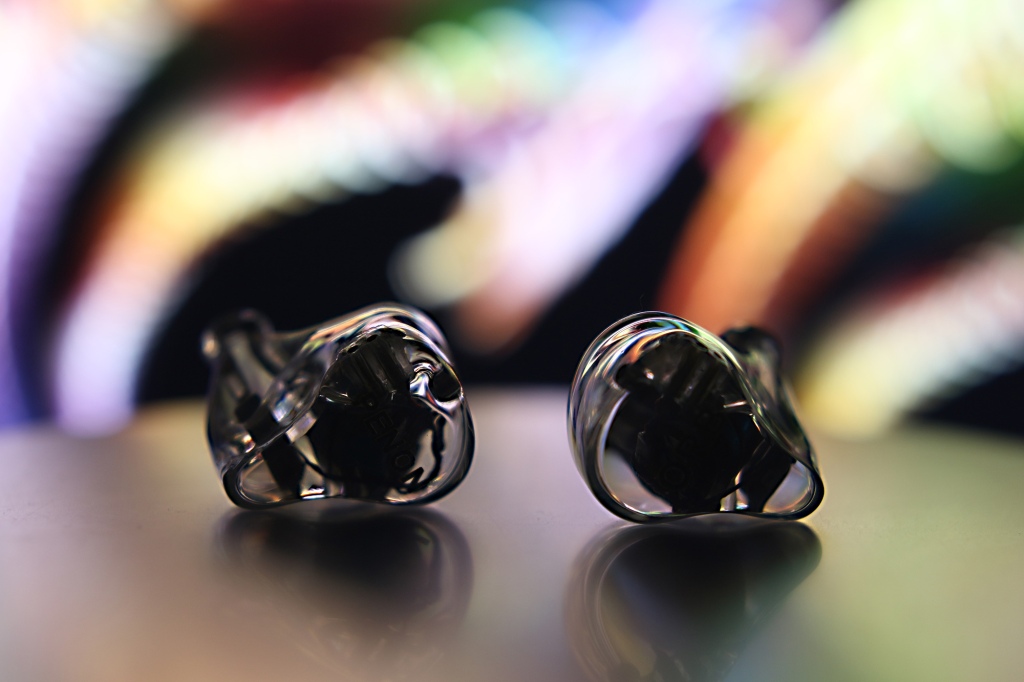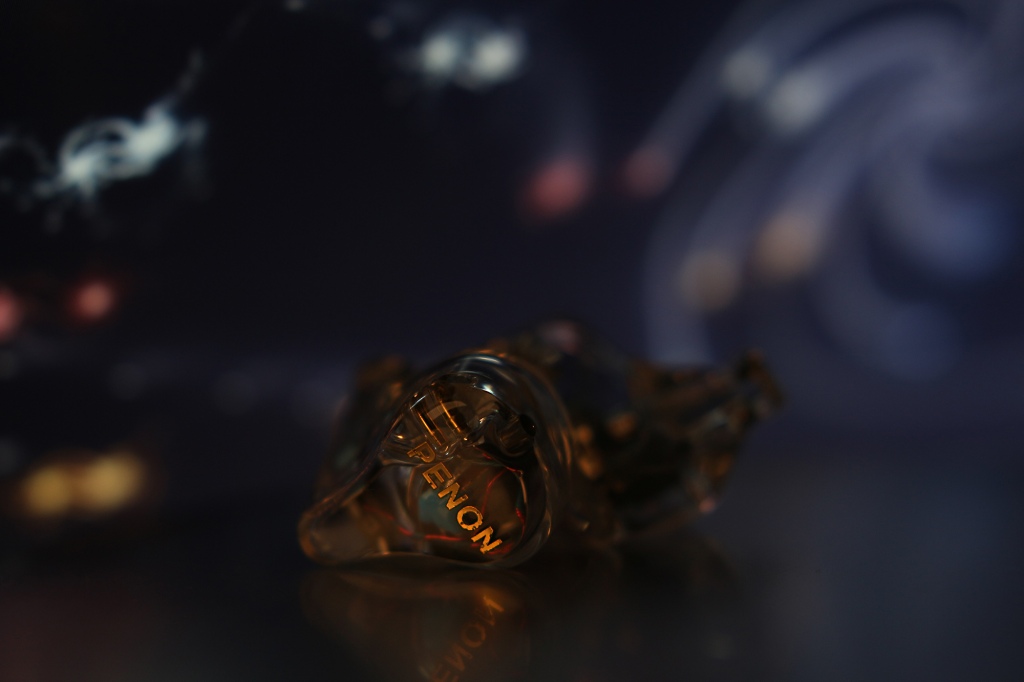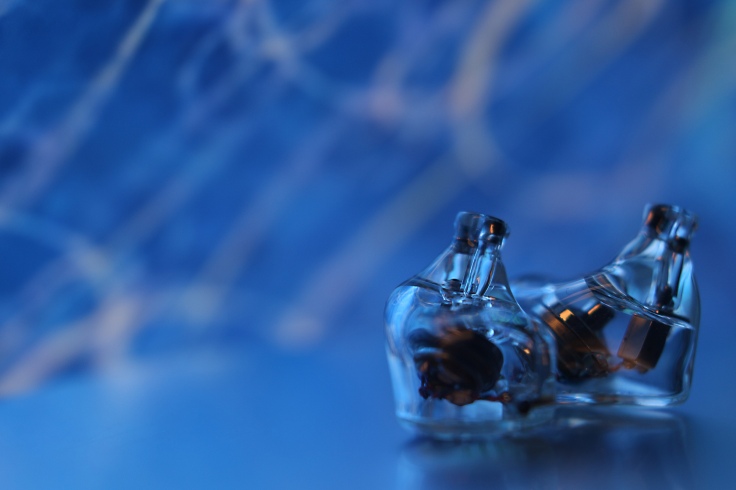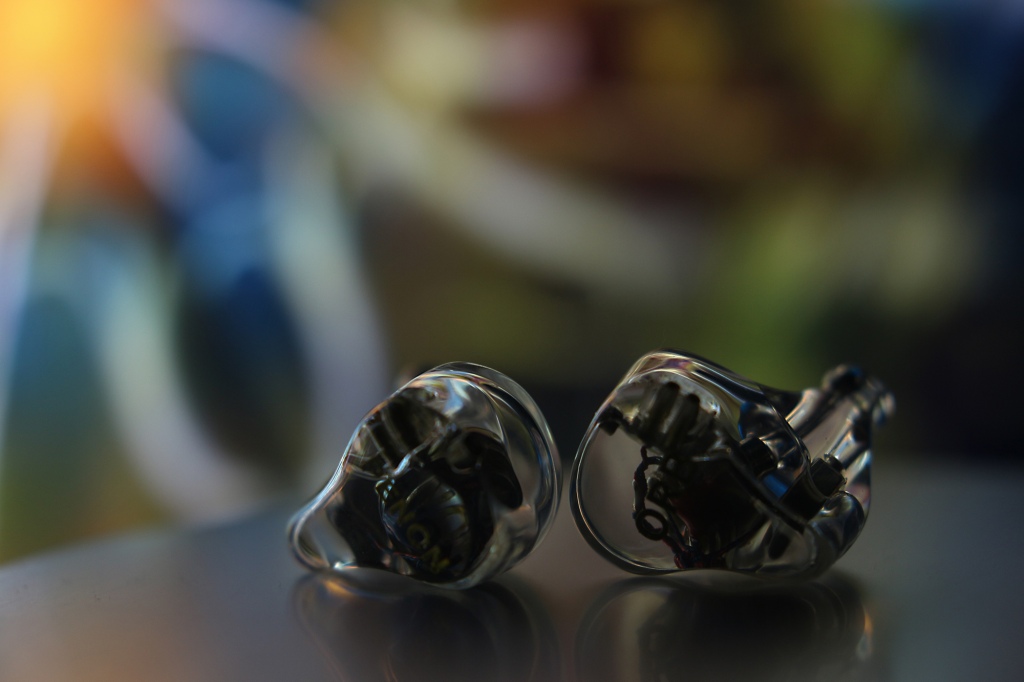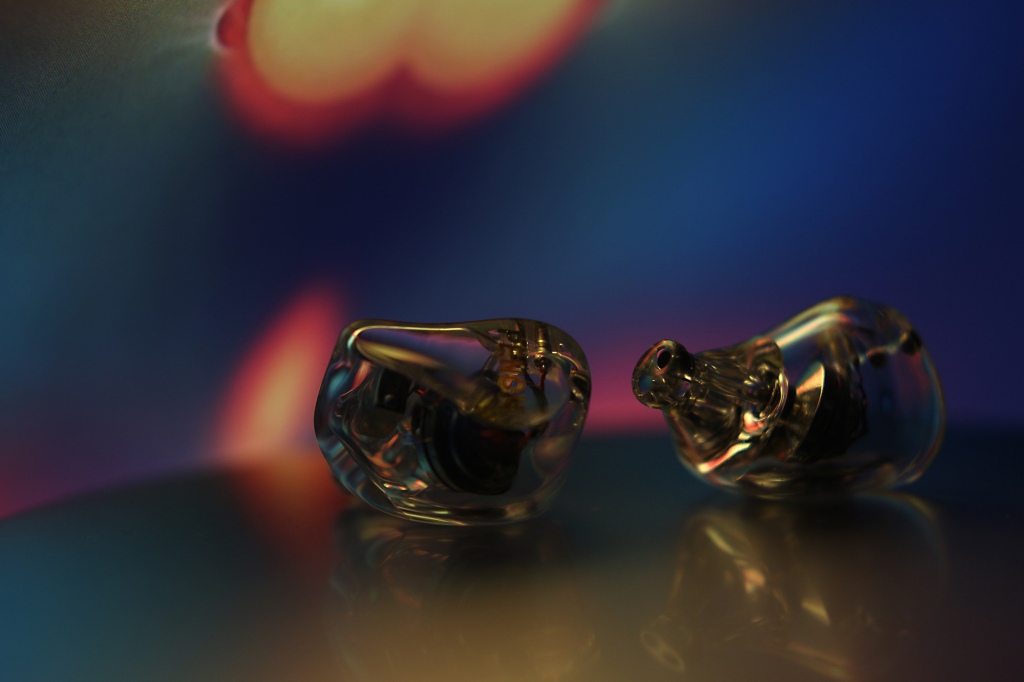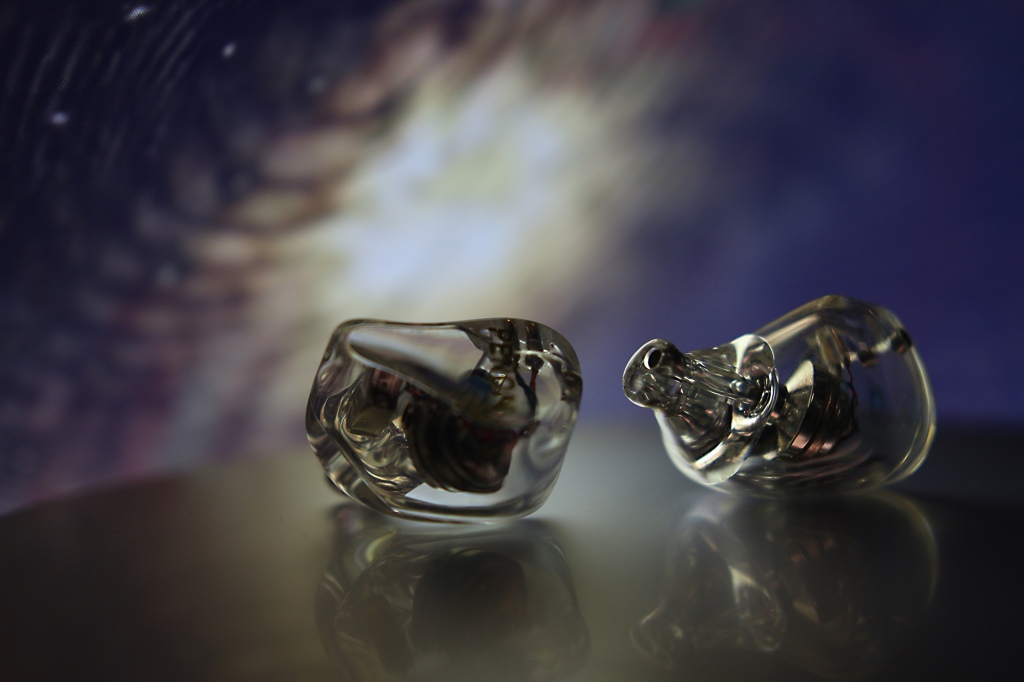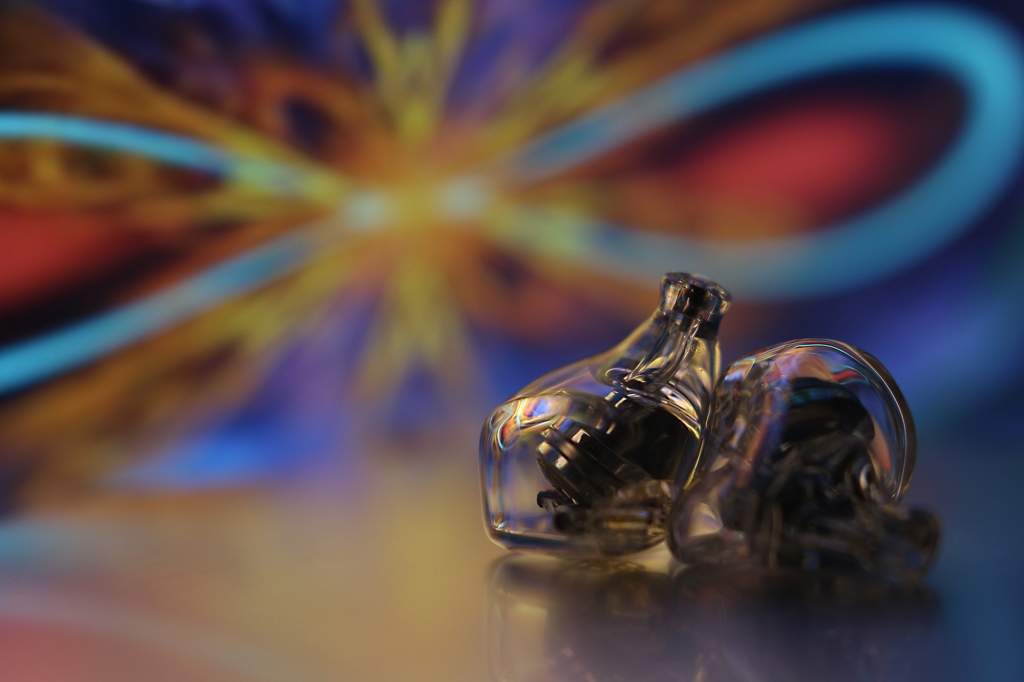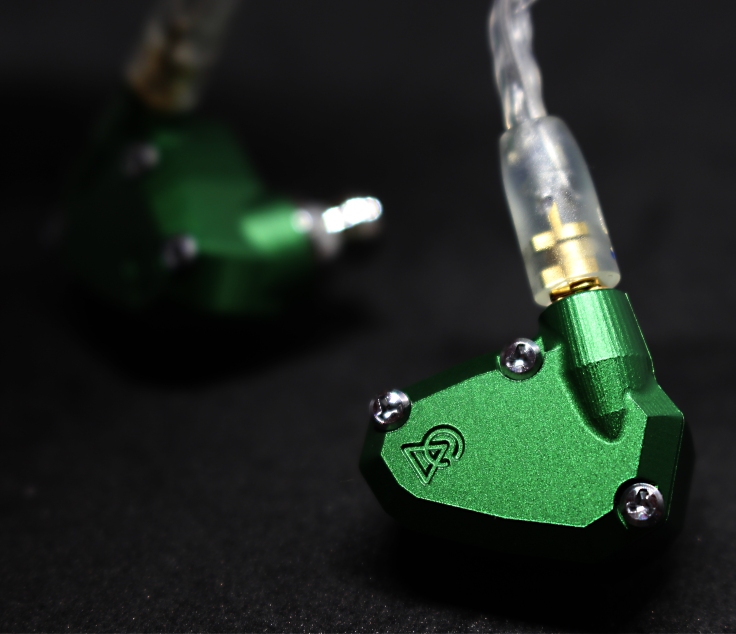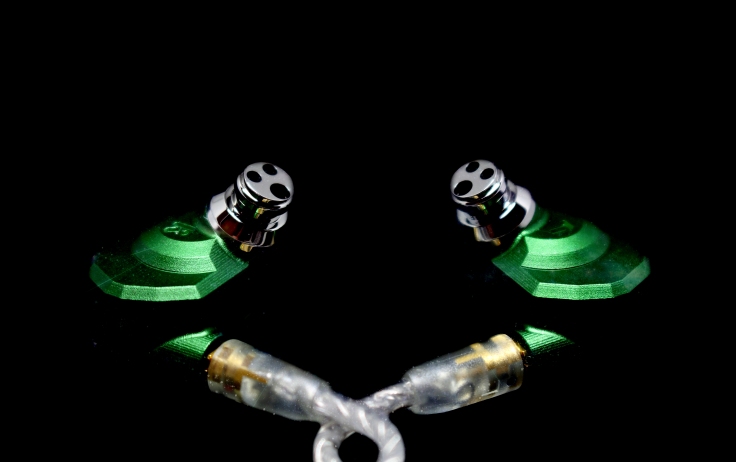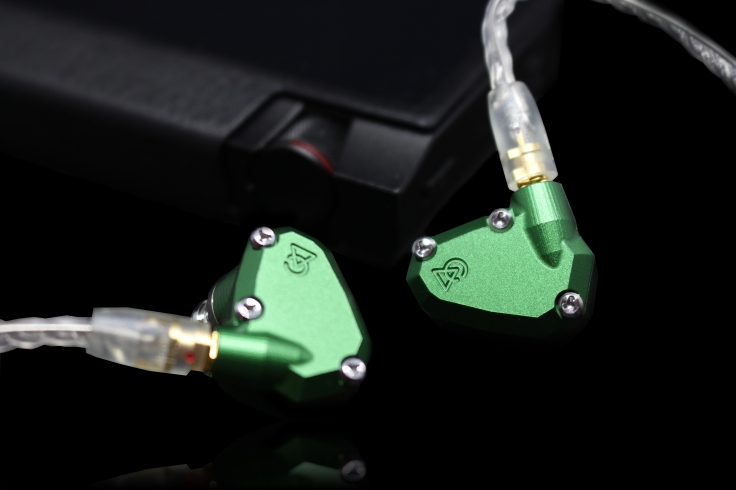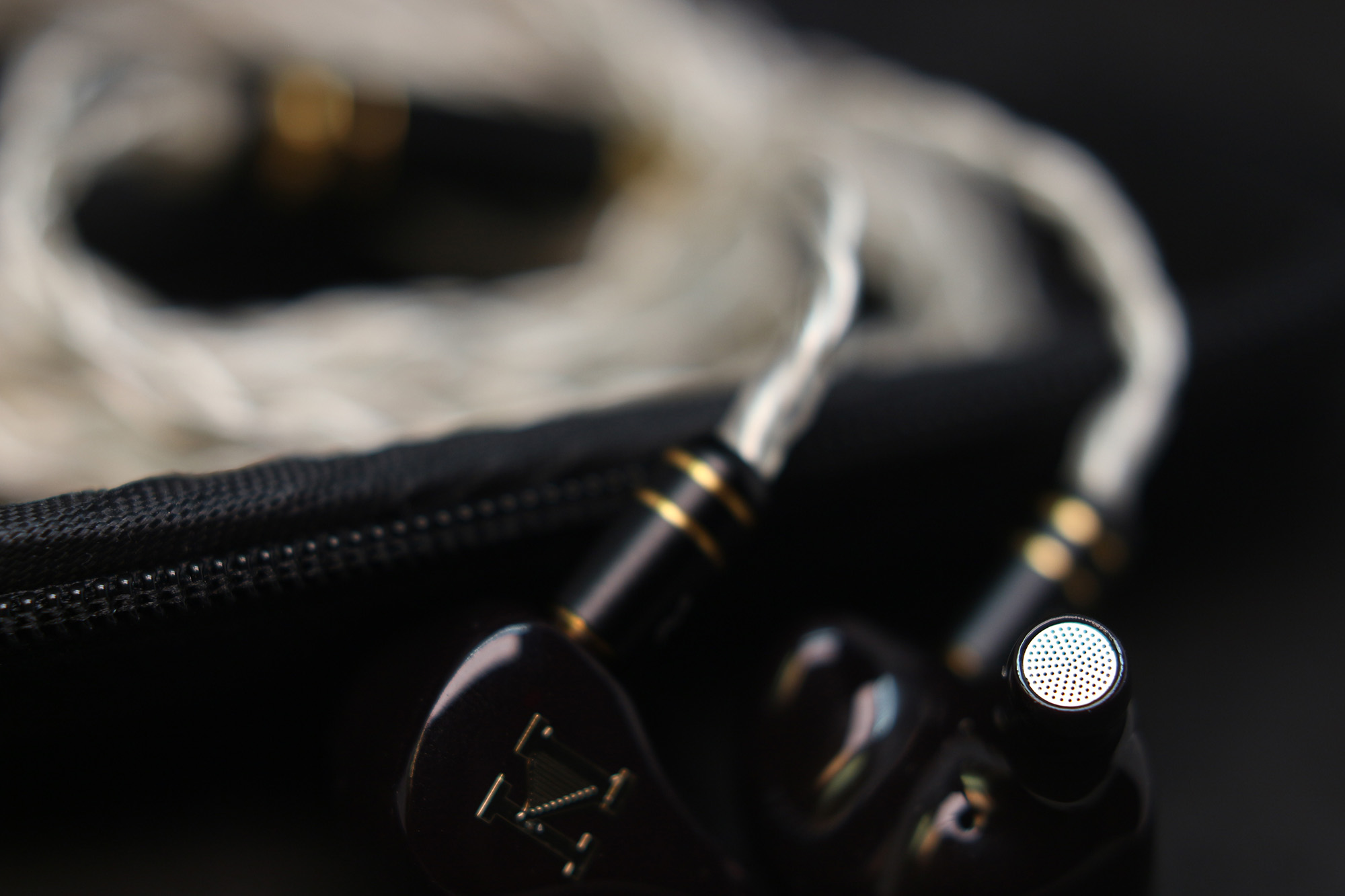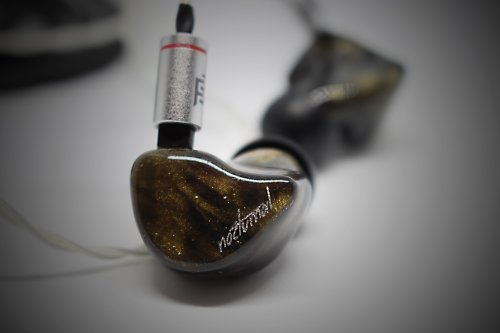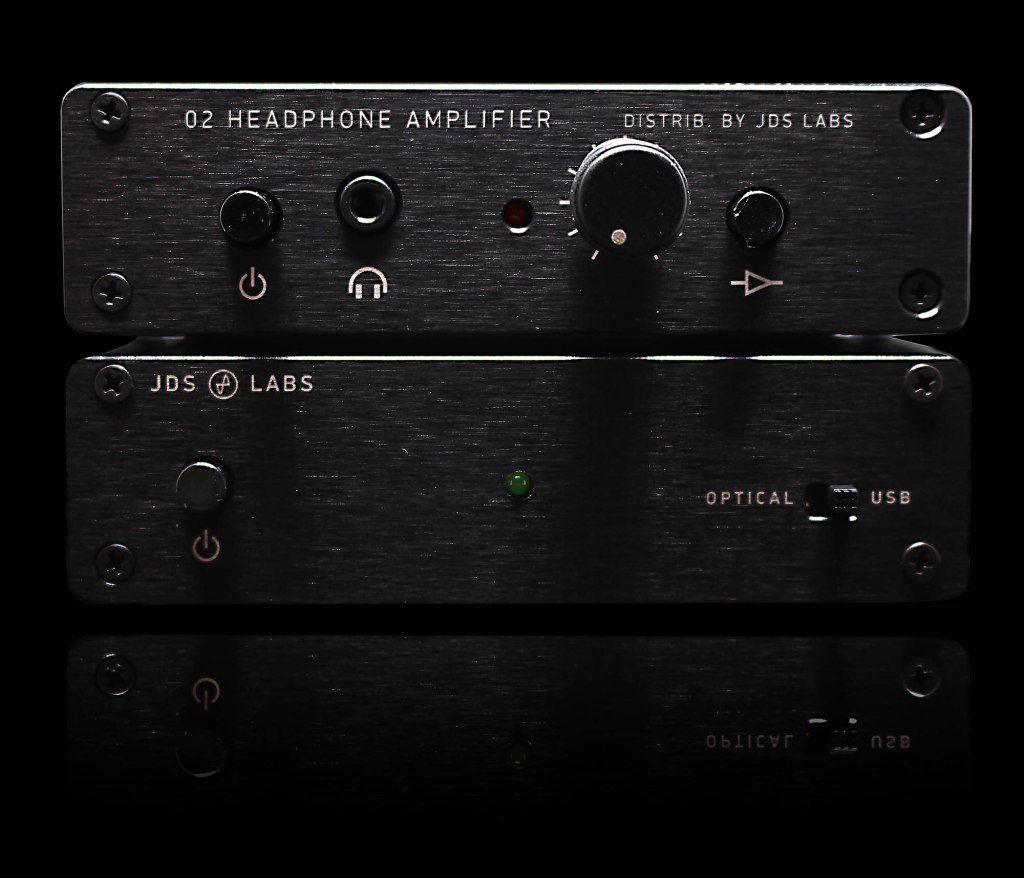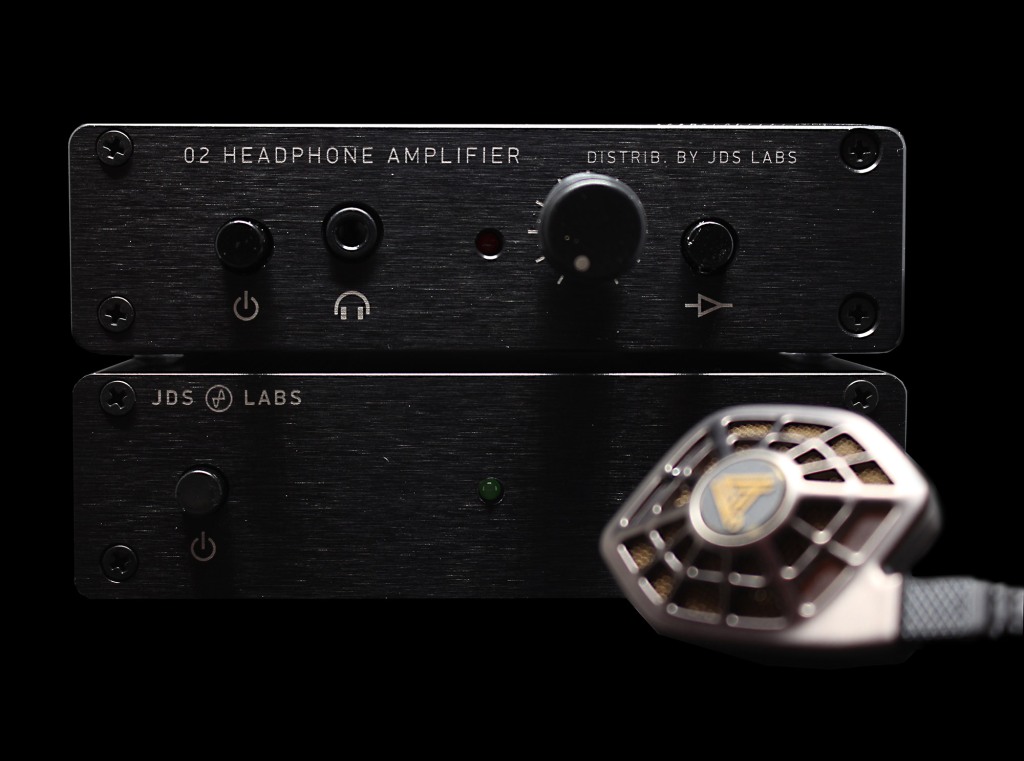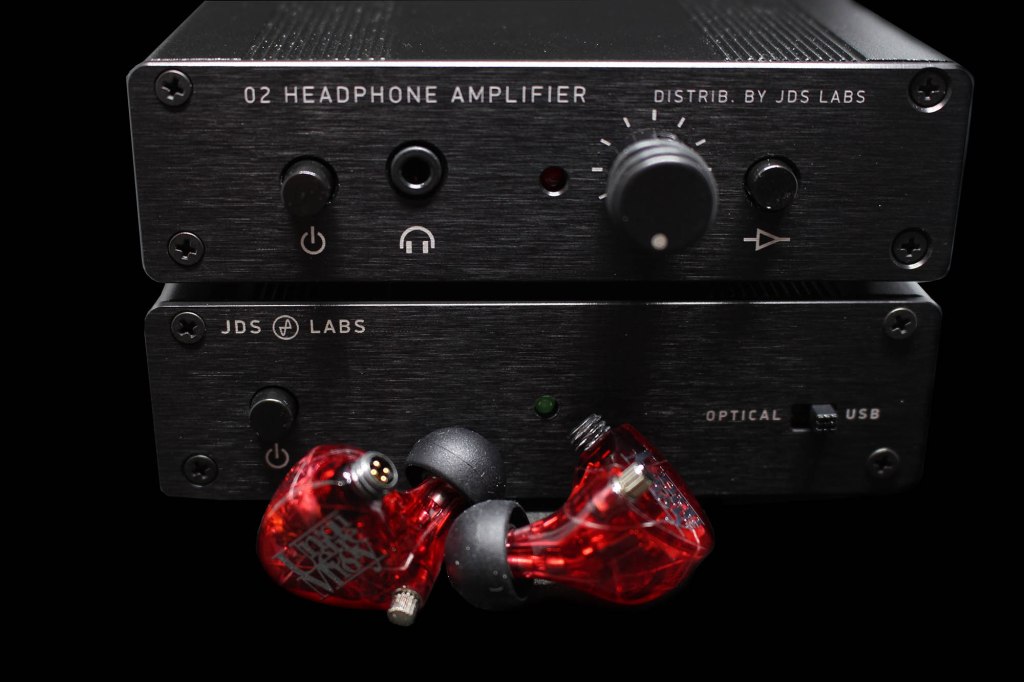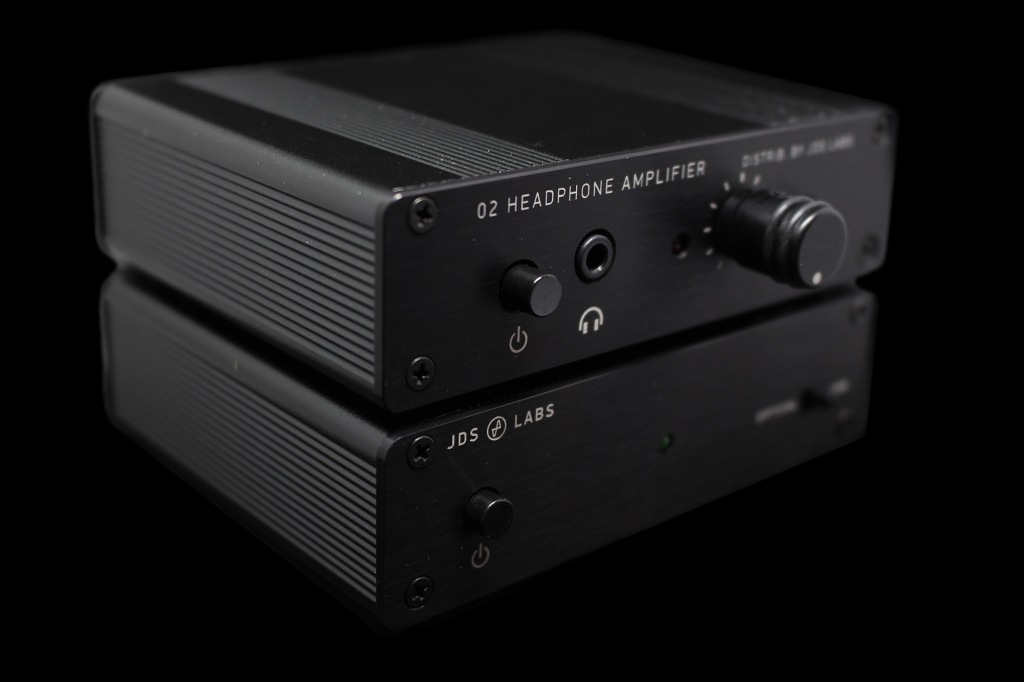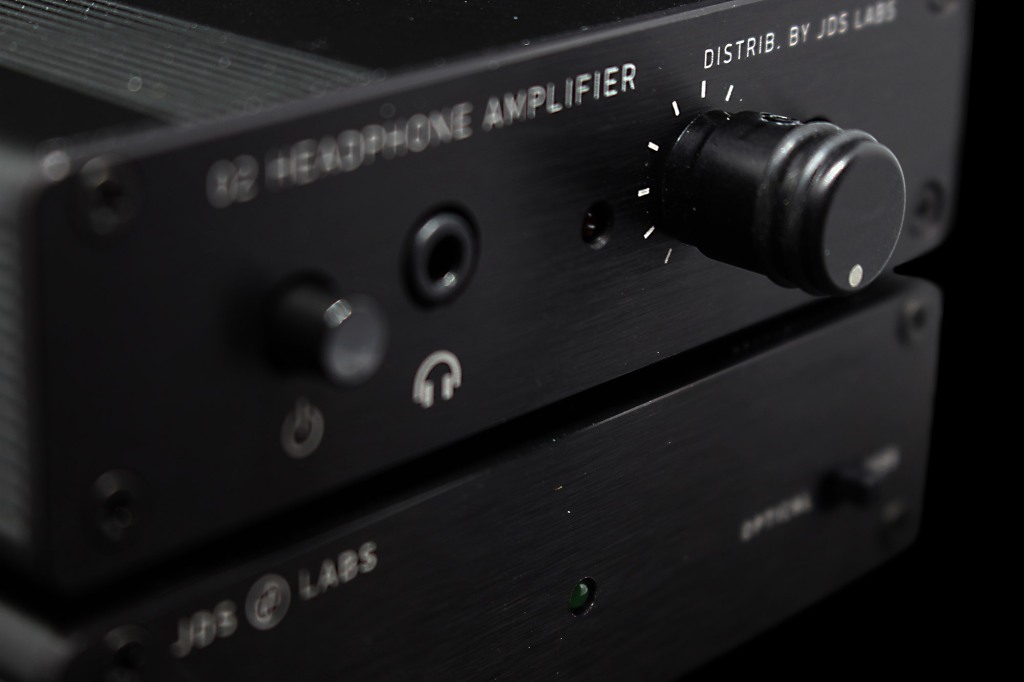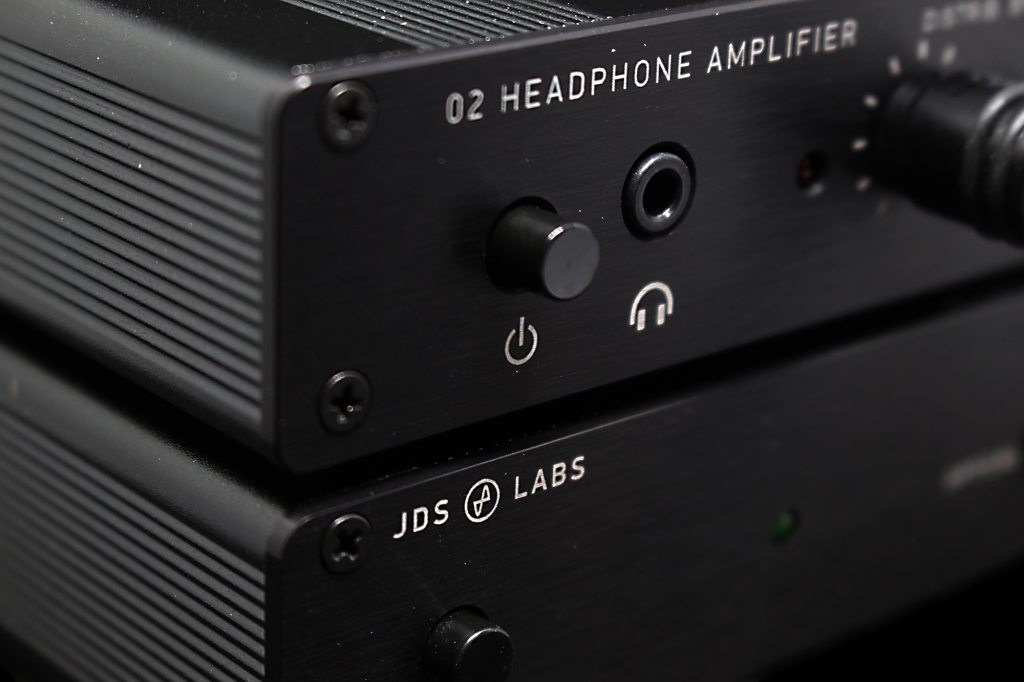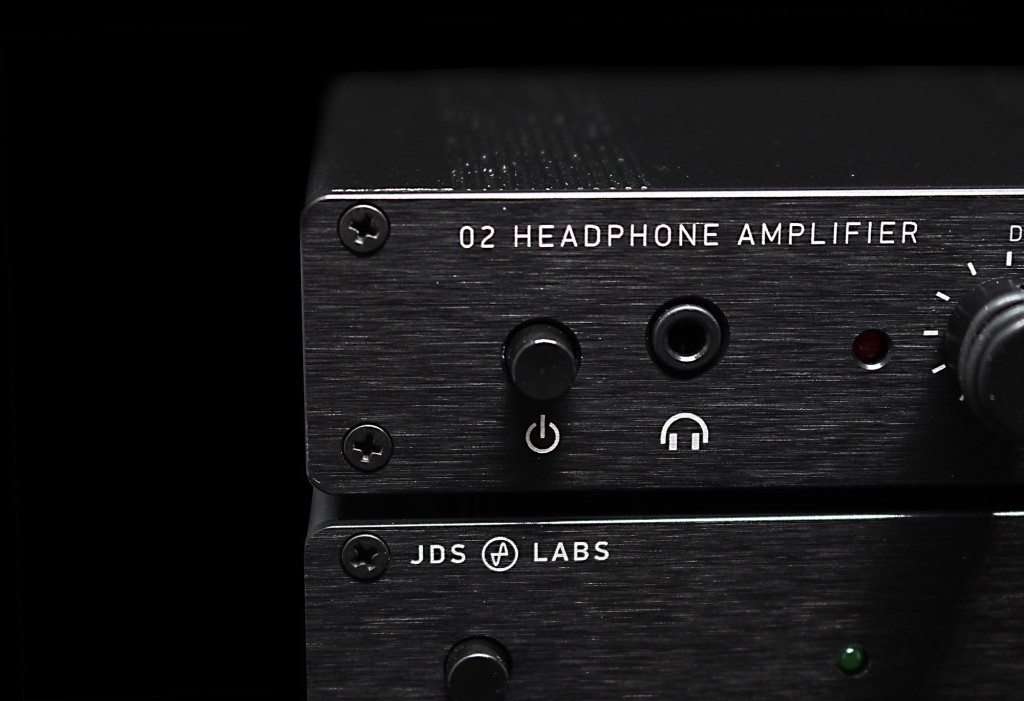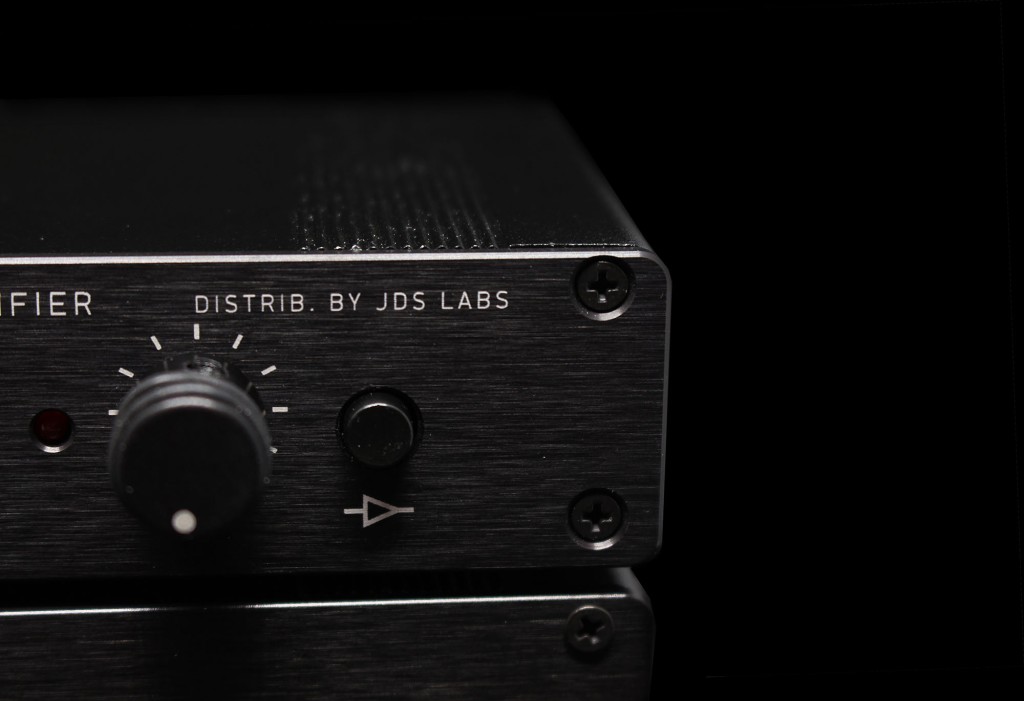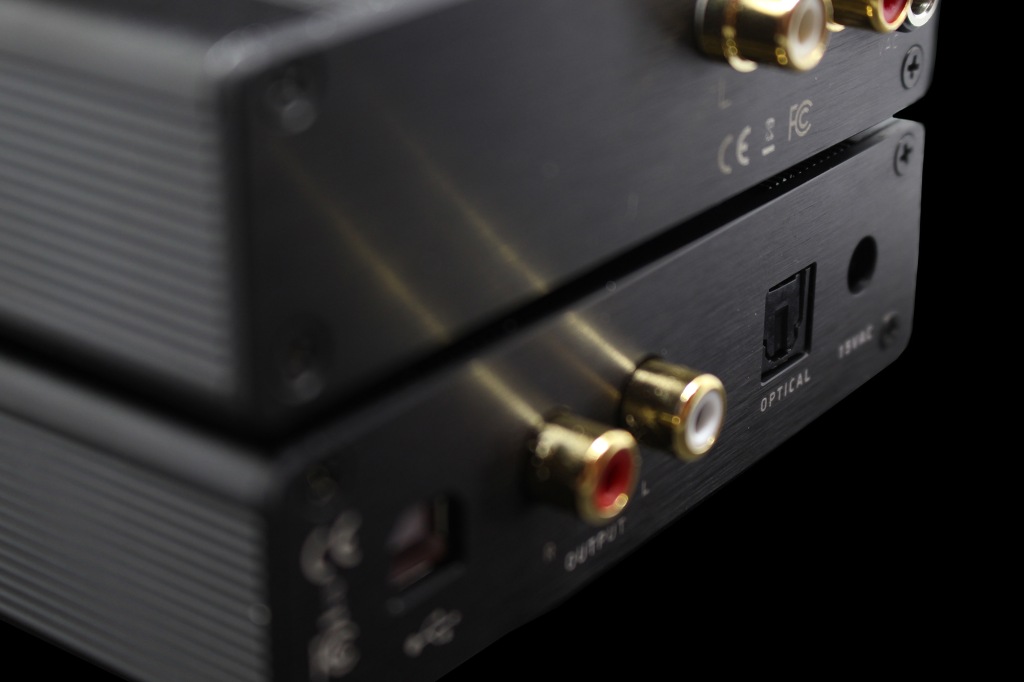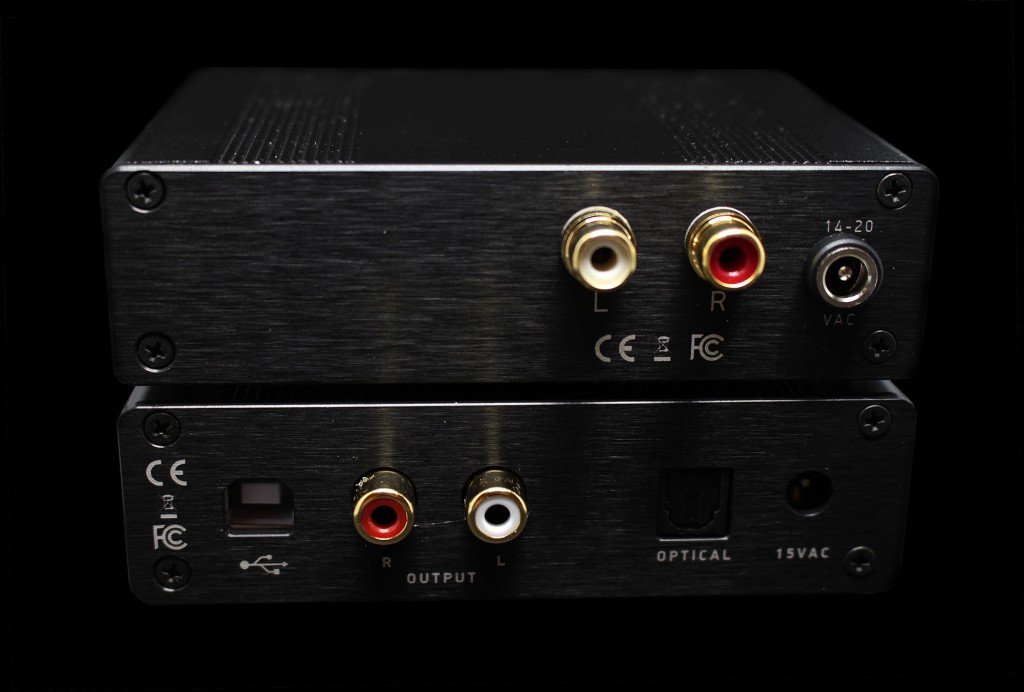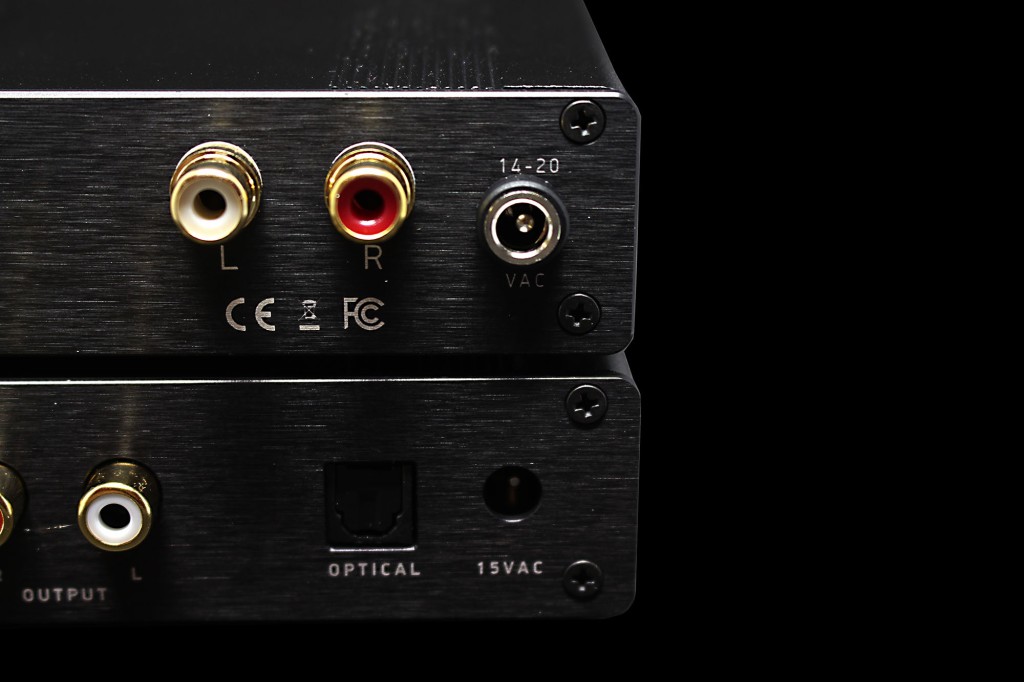Before starting this review, I would like to share the technical aspects and package details.
Also, I would like to thanks to Oriolus for this great opportunity. Here is the link of the Percivali; https://www.en.oriolus.jp/product-page/percivali-jp
https://penonaudio.com/oriolus-percivali.html


Specifications:
Percivali JP
Body Material: Photopolymer
Transducer Type: Electrostatic Driver*2 - BA Drivers*2 - Dynamic Drivers*1
Sensitivity: 113dB/mW
Freq. Response: 10Hz~40kHz
Impedance: 16Ω
Cord: High Grade silver (PW Audio)
Plug Type: 3.5mm mini stereo


Package Details:
Silicone Eartips (S M L 2-flange-M)
Foam Eartips (S M)
Cord Clip
Cleaning Tool
Protect Case (Vannuys)
Round Twin Tube (Vannuys)


Test Equipment:
Lotoo Paw Gold Diana
Opus #1
Dethonray DTR1 Prelude


Package, Design & Isolation;
Oriolus Percivali comes with a simple carton outer box that has an Oriolus logo on the top, but don’t let this mislead you because everything changes when you open up the box. Inside the box, a high quality Vannuys case welcomes you. Most of you will recognize the Vannuys brand, they produce high quality cases for audio equipment and this one is no exception. Percivali’s case is amazingly made and you’ll have the option of using it as a vertical case-like pouch, or a regular top-cap open style. The case is pretty big so it provides plenty of space for the Percivali. Also, it has a round twin tube for the earphones themselves, so you can prevent scratches and other possible damages while in the case. Simply put, I love the case and the material quality and this might be the best stock case I’ve ever seen. There are a couple silicon tips with S, M, L sizes and some foam tips, cleaning tools, and chord clips inside.


The Percivali is a beautifully made earphone and its shape is the same as the previous models. Percivali’s size is smaller than the Reborn and it fits better on the ears. Reborn is fatter and bolder than the Percivali but I haven’t felt and fit problems with the Reborn anyway. Percivali only has one colour option and has a wood faceplate with translucent smoke grey shells, I really love how it looks and it has an elegant and premium design. Like other Oriolus’ models, Percivali also has a 0.78mm 2 pin recessed socket. To be honest, I am pretty happy that they didn’t change their sockets to MMCX. I know there are some robust MMCX sockets out there but I still prefer 2 pins. Percivali has 1 dynamic driver for the bass frequency, 2 balanced armature drivers for the mids and 1 electrostatic driver for the high frequencies. The latest flagships of most companies come with a triple driver design and Oriolus is one of them.


The cable is another amazing part to the Percivali. As you might know, Hyla and Oriolus have a collaboration with PW audio and all of their earphones come with the PW Audio cables, aside from some entry level models from Oriolus like the Finshi and Forsteni. The Percivali comes with a high-grade PW Audio silver cable and I believe this is made only for the Oriolus Percivali because I’ve never seen it before in their product line. The cable itself is similar, or maybe even identical to PW 1960s cables, and as you can guess the quality is top notch. The cable has a 3.5mm jack, but there is an option for both 3.5mm and 4.4mm balanced. The cable is double braided and the outer material is made of nylon sleeving which both looks and feels solid. The cable isn’t super soft but it is tangle free and easy to use. Also, there is no microphone issue with this cable. Its sad to see some companies’ flagship models coming with horribly cheap stock cables and I hope Oriolus gives them some courage to change so they can all include high-quality cables.
Overall, the package quality is simply the best I’ve ever seen, The cable, case, and earphones themselves are premium and I’m happy to loudly applaud Oriolus for this.

Sound Type:
First of all, this is my first time hearing electrostatic drivers earphones, so I can’t compare them to other brands’ models, but I will use the Reborn for comparison at the end of my review. I really don’t know where to start but Percivali is the new king of my heart. It is an impressive and unique hybrid earphone. That electrostatic driver has some magic that’s for sure, but the overall mid presentation and bass response is truly fantastic., Oriolus’ house sound is easy to recognize if you are familiar with their lineup and has a warm and slightly coloured signature. This is not bass heavy but the bass reaches deep enough to satisfy and it has good extension and weight. The treble is… oh boy - it extends crazy good and you can hear everything that you shouldn’t have to hear. Resolution and detail level are easily the best I’ve ever heard. Presentation is crystal clear. Soundstage is impressible airy, wide, and all the instrument placement is easy to pin point and the low to highs show off every flaw in the records.

Trebles:
Where the Percivali really shines is the high frequencies. When I first listened to the Hyla CE-05 I was pretty impressed by the trebles that I heard, its extension and sparkle was different than anything I’ve heard before. I couldn’t imagine better than that, but I was wrong. Electrostatic drivers are a game changer and Oriolus did a great job with their tuning. The treble extensions, sparkle, decay, and details… everything is fantastic. Electrostatic drivers absolutely add extra dimensions to the sound that I’ve never experienced before. Space and depth are extremely high, so each instrument can be heard clearly. Crashes, bells, and all other instruments are crystal clear. This is something else, and much different than the balanced armature or dynamic drivers sound that they produced. Tonality is neutrally tuned. Even with high quantities of trebles, there was no harshness or sibilance. I have never experienced this before and I’ve listened to my sources with different records. You might think it must be tiring with long listening but I can honestly say that I’m so comfortable after 2 hours of listening. The reason is that the trebles are not harsh and sharp, but quite smooth and soft at the top end. Percivali never lost control at higher volumes, which I tested with AC/DC’s Thunderstruck and some other AC/DC songs. It has excellent speed and very nicely handled the fast passages. I don’t want to exaggerate and maybe I used so many “best” words, but I’ve got to say it again. These are the best earphones I’ve heard, both in terms of resolution and details. Tons of details are easily audible in music, you might not even want to hear them - every good, bad, and record fault is there. Overall, I’m super impressed by the high frequencies and this is a way different experience than other earphones
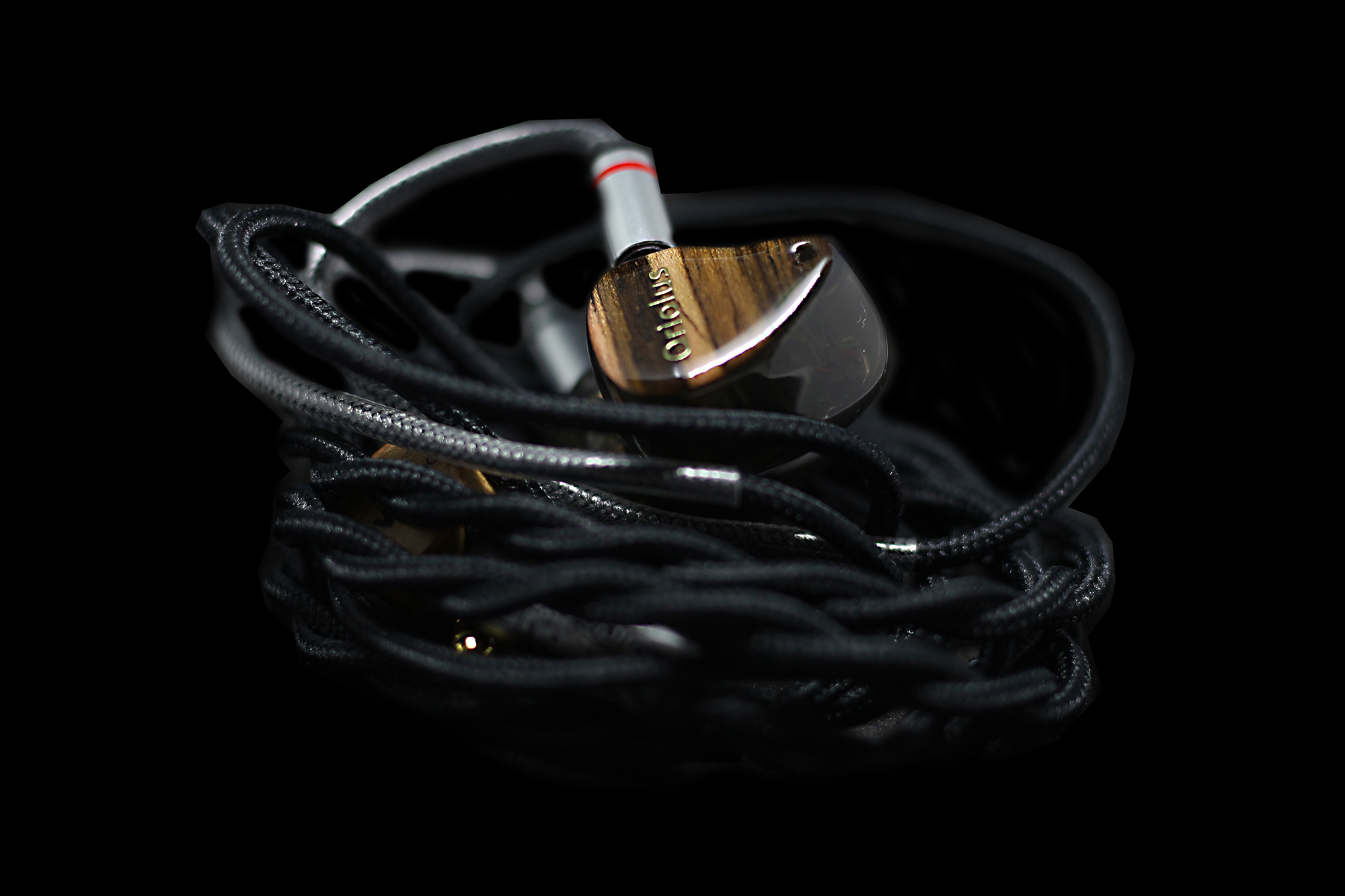
Mids:
Percivali’s sound is U-shaped and the mids are more laid back than the other frequencies, but vocals are slightly forward. Mid frequencies are over shadowed by the high and low frequencies, but sound is musical with great tone and balance throughout. Tonality is a bit complicated. The lower mids are slightly thin, which makes the mids a little weak and dryness and brightening in the upper mids make it lifeless with some music. This can be a bit more obvious with some stringed instruments and It reminds me of the CE-05 in this regard. I wish this area was a little fuller. The resolution and detail levels are extremely high as would be expected from a TOTL earphone. Every timbre in the instruments, and slightest change in the vocals can be heard easily. Like the high frequencies, mids also have a bright presentation and it isn’t possible to talk about the dark presentation. It’s like Percivali’s aim to target clarity on all frequencies. Both male and female vocals are very good on the Percivali which creates emotional atmosphere. Vocals are not too far ahead and will make a lot of users happy by their positioning. You are not face to face with vocals like Reborn, but it’s not positioned far back either. Although it is an earphone that I would call bright, the control in the upper mids are really good and it will never lose its control.

Bass:
Hyla TE5B have one of my favourite bass performances on earphones up to now, but with the Oriolus Percivali, I’ve found a new leader. TE5B is still amazing and I love how it produces its bass, but Percivali is better on control, tightness and details. Bass are fully filled, slightly warm, and have vert soft notes. It is tight, controlled, and satisfactory in quantity. Bass has good authority and it reaches pretty deep but it is not at bass head level for sure. Overall, tonality is slightly warm and the smooth bass notes are hitting on the softer side. It sounds a little on the thicker side with stringed instruments but it doesn’t feel exaggerated. Bass never comes close to bleeding mid range and never pushes the overall sound with its power, it plays in its place. Substantially, dynamic drivers are slower than balance armature drives and only exceptional dynamic drivers are not as slow as the other DD. Percivali’s dynamic driver is doing a good job and it doesn’t show any weakness in this regard. But of course, it is not as fast as a BA driver as well. I listened to some progressive house tracks, and the bass has more than enough punch and rumble to leave you impressed.

Soundstage:
Percivali has a wide and airy soundstage that creates an amazing imagining. You can hear and feel every instrument in its place without any effort. Crystal clear highs make a great impact on the soundstage. Background is not the best but it is quite black. Razor sharp separation, Imagining, and layering are fantastic and probably the best I’ve heard. Speaker like presentation and airy atmosphere dive into your head and it brings your musical experience to another level.

Comparison:
Percivali vs Reborn
The old flagship against the new king. Actually, this is not a fair comparison because Percivali has a different driver configuration and its way pricier than Reborn, but this is not a dog fight and I’ll try to explain how different they are. Both earphones’ body shapes are similar in terms of design but Percivali is slimmer and smaller than the Reborn. Reborn is bulky and fat. They both fit well into my ears, but Percivali is better due to the size. Reborn’s stock cable is the legendary PW Audio No5 and Percivali has the PW silver cable. Sound wise, Percivali is better in every aspect. Its technical capacity and detail level are something else. But technical supremacy doesn’t make it the best because we hear differently and everyone has their own personal taste. Treble is much more extended and the sparkle on Percivali, an it is sharper than Reborn. Actually, Reborn also has nice treble sparkle and extends pretty well, but it cannot match the Percivali here. The Reborn sounds good too, but until you step up to the Percivali. I haven’t experienced but Percivali’s razor sharp treble response may give some fatigue in a long listening session for some, so Reborn is better in this regard. Mid range is the hardest part to compare for me. Reborn’s mid range has a special place in my heart and I still prefer its romantic and lush presentation. Percivali on the other hand, is more refined, airy and detailed than the Reborn. As I said before, technical performance is not the key for listening to music. Vocals are much more upfront and in your face on Reborn, while Percivali is more laid back and centered. Reborn’s bass performance is phenomenal, and I like its bulky powerful low end. Reborn is more like a body builder that has plenty of muscle, while Percivali is more like a fit and tight sprinter. Reborn has more quantity and weight on the low frequencies and its a tad bit slower than Percivali. Percivali is more controlled, tight and he knows what he’s doing. Percivali’s soundstage is wider and deeper and has a more holographic presentation. Reborn is more intimate but absolutely isn’t narrow or congested. Overall, Percivali has better performance without a doubt. Resolution and detail level, technical capability, and overall sound performance are hard to beat, but Reborn still shows how it is special with its sound and after many years it will still be.

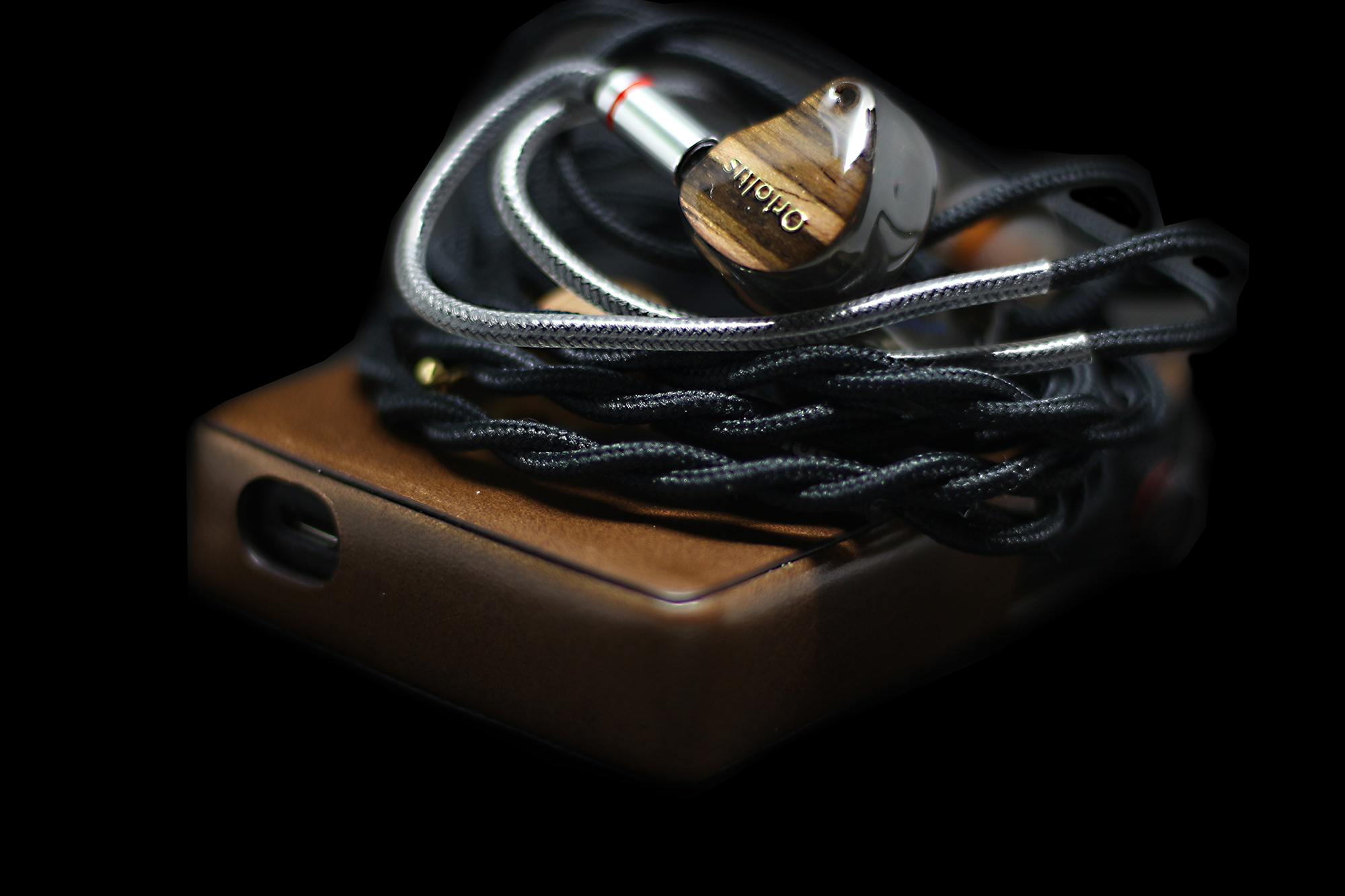
Verdict:
I’ve either owned or listened to almost every Oriolus product (except for Mellianus) and every one of them have their special tonality and sound. I briefly listened to Finschi and its sound was very impressive for its price. Reborn is one of my favourite earphones and Forsteni is another amazing hybrid earphone. Oriolus doesn’t have a super side line-up and they are releasing some new earphones every year. I assume they don’t want to lose their focus with 7-8 products that may hinder their success. And I believe they have achieved a lot. They did an amazing job with their new flagship. Percivali’s sound is beautifully made and its technical capability is completely different than their previous models. Hyper detailed high frequencies with beautifully smooth and detailed mids easily impress. Bass performance is one of my favourites as well. Musical and warm presentation won’t compromise any details or resolution. Percivali is one of my favourite TOTL earphones currently and it has become my best earphone for listening to just about everything.
Also, I would like to thanks to Oriolus for this great opportunity. Here is the link of the Percivali; https://www.en.oriolus.jp/product-page/percivali-jp
https://penonaudio.com/oriolus-percivali.html


Specifications:
Percivali JP
Body Material: Photopolymer
Transducer Type: Electrostatic Driver*2 - BA Drivers*2 - Dynamic Drivers*1
Sensitivity: 113dB/mW
Freq. Response: 10Hz~40kHz
Impedance: 16Ω
Cord: High Grade silver (PW Audio)
Plug Type: 3.5mm mini stereo


Package Details:
Silicone Eartips (S M L 2-flange-M)
Foam Eartips (S M)
Cord Clip
Cleaning Tool
Protect Case (Vannuys)
Round Twin Tube (Vannuys)


Test Equipment:
Lotoo Paw Gold Diana
Opus #1
Dethonray DTR1 Prelude


Package, Design & Isolation;
Oriolus Percivali comes with a simple carton outer box that has an Oriolus logo on the top, but don’t let this mislead you because everything changes when you open up the box. Inside the box, a high quality Vannuys case welcomes you. Most of you will recognize the Vannuys brand, they produce high quality cases for audio equipment and this one is no exception. Percivali’s case is amazingly made and you’ll have the option of using it as a vertical case-like pouch, or a regular top-cap open style. The case is pretty big so it provides plenty of space for the Percivali. Also, it has a round twin tube for the earphones themselves, so you can prevent scratches and other possible damages while in the case. Simply put, I love the case and the material quality and this might be the best stock case I’ve ever seen. There are a couple silicon tips with S, M, L sizes and some foam tips, cleaning tools, and chord clips inside.


The Percivali is a beautifully made earphone and its shape is the same as the previous models. Percivali’s size is smaller than the Reborn and it fits better on the ears. Reborn is fatter and bolder than the Percivali but I haven’t felt and fit problems with the Reborn anyway. Percivali only has one colour option and has a wood faceplate with translucent smoke grey shells, I really love how it looks and it has an elegant and premium design. Like other Oriolus’ models, Percivali also has a 0.78mm 2 pin recessed socket. To be honest, I am pretty happy that they didn’t change their sockets to MMCX. I know there are some robust MMCX sockets out there but I still prefer 2 pins. Percivali has 1 dynamic driver for the bass frequency, 2 balanced armature drivers for the mids and 1 electrostatic driver for the high frequencies. The latest flagships of most companies come with a triple driver design and Oriolus is one of them.


The cable is another amazing part to the Percivali. As you might know, Hyla and Oriolus have a collaboration with PW audio and all of their earphones come with the PW Audio cables, aside from some entry level models from Oriolus like the Finshi and Forsteni. The Percivali comes with a high-grade PW Audio silver cable and I believe this is made only for the Oriolus Percivali because I’ve never seen it before in their product line. The cable itself is similar, or maybe even identical to PW 1960s cables, and as you can guess the quality is top notch. The cable has a 3.5mm jack, but there is an option for both 3.5mm and 4.4mm balanced. The cable is double braided and the outer material is made of nylon sleeving which both looks and feels solid. The cable isn’t super soft but it is tangle free and easy to use. Also, there is no microphone issue with this cable. Its sad to see some companies’ flagship models coming with horribly cheap stock cables and I hope Oriolus gives them some courage to change so they can all include high-quality cables.
Overall, the package quality is simply the best I’ve ever seen, The cable, case, and earphones themselves are premium and I’m happy to loudly applaud Oriolus for this.

Sound Type:
First of all, this is my first time hearing electrostatic drivers earphones, so I can’t compare them to other brands’ models, but I will use the Reborn for comparison at the end of my review. I really don’t know where to start but Percivali is the new king of my heart. It is an impressive and unique hybrid earphone. That electrostatic driver has some magic that’s for sure, but the overall mid presentation and bass response is truly fantastic., Oriolus’ house sound is easy to recognize if you are familiar with their lineup and has a warm and slightly coloured signature. This is not bass heavy but the bass reaches deep enough to satisfy and it has good extension and weight. The treble is… oh boy - it extends crazy good and you can hear everything that you shouldn’t have to hear. Resolution and detail level are easily the best I’ve ever heard. Presentation is crystal clear. Soundstage is impressible airy, wide, and all the instrument placement is easy to pin point and the low to highs show off every flaw in the records.

Trebles:
Where the Percivali really shines is the high frequencies. When I first listened to the Hyla CE-05 I was pretty impressed by the trebles that I heard, its extension and sparkle was different than anything I’ve heard before. I couldn’t imagine better than that, but I was wrong. Electrostatic drivers are a game changer and Oriolus did a great job with their tuning. The treble extensions, sparkle, decay, and details… everything is fantastic. Electrostatic drivers absolutely add extra dimensions to the sound that I’ve never experienced before. Space and depth are extremely high, so each instrument can be heard clearly. Crashes, bells, and all other instruments are crystal clear. This is something else, and much different than the balanced armature or dynamic drivers sound that they produced. Tonality is neutrally tuned. Even with high quantities of trebles, there was no harshness or sibilance. I have never experienced this before and I’ve listened to my sources with different records. You might think it must be tiring with long listening but I can honestly say that I’m so comfortable after 2 hours of listening. The reason is that the trebles are not harsh and sharp, but quite smooth and soft at the top end. Percivali never lost control at higher volumes, which I tested with AC/DC’s Thunderstruck and some other AC/DC songs. It has excellent speed and very nicely handled the fast passages. I don’t want to exaggerate and maybe I used so many “best” words, but I’ve got to say it again. These are the best earphones I’ve heard, both in terms of resolution and details. Tons of details are easily audible in music, you might not even want to hear them - every good, bad, and record fault is there. Overall, I’m super impressed by the high frequencies and this is a way different experience than other earphones

Mids:
Percivali’s sound is U-shaped and the mids are more laid back than the other frequencies, but vocals are slightly forward. Mid frequencies are over shadowed by the high and low frequencies, but sound is musical with great tone and balance throughout. Tonality is a bit complicated. The lower mids are slightly thin, which makes the mids a little weak and dryness and brightening in the upper mids make it lifeless with some music. This can be a bit more obvious with some stringed instruments and It reminds me of the CE-05 in this regard. I wish this area was a little fuller. The resolution and detail levels are extremely high as would be expected from a TOTL earphone. Every timbre in the instruments, and slightest change in the vocals can be heard easily. Like the high frequencies, mids also have a bright presentation and it isn’t possible to talk about the dark presentation. It’s like Percivali’s aim to target clarity on all frequencies. Both male and female vocals are very good on the Percivali which creates emotional atmosphere. Vocals are not too far ahead and will make a lot of users happy by their positioning. You are not face to face with vocals like Reborn, but it’s not positioned far back either. Although it is an earphone that I would call bright, the control in the upper mids are really good and it will never lose its control.

Bass:
Hyla TE5B have one of my favourite bass performances on earphones up to now, but with the Oriolus Percivali, I’ve found a new leader. TE5B is still amazing and I love how it produces its bass, but Percivali is better on control, tightness and details. Bass are fully filled, slightly warm, and have vert soft notes. It is tight, controlled, and satisfactory in quantity. Bass has good authority and it reaches pretty deep but it is not at bass head level for sure. Overall, tonality is slightly warm and the smooth bass notes are hitting on the softer side. It sounds a little on the thicker side with stringed instruments but it doesn’t feel exaggerated. Bass never comes close to bleeding mid range and never pushes the overall sound with its power, it plays in its place. Substantially, dynamic drivers are slower than balance armature drives and only exceptional dynamic drivers are not as slow as the other DD. Percivali’s dynamic driver is doing a good job and it doesn’t show any weakness in this regard. But of course, it is not as fast as a BA driver as well. I listened to some progressive house tracks, and the bass has more than enough punch and rumble to leave you impressed.

Soundstage:
Percivali has a wide and airy soundstage that creates an amazing imagining. You can hear and feel every instrument in its place without any effort. Crystal clear highs make a great impact on the soundstage. Background is not the best but it is quite black. Razor sharp separation, Imagining, and layering are fantastic and probably the best I’ve heard. Speaker like presentation and airy atmosphere dive into your head and it brings your musical experience to another level.

Comparison:
Percivali vs Reborn
The old flagship against the new king. Actually, this is not a fair comparison because Percivali has a different driver configuration and its way pricier than Reborn, but this is not a dog fight and I’ll try to explain how different they are. Both earphones’ body shapes are similar in terms of design but Percivali is slimmer and smaller than the Reborn. Reborn is bulky and fat. They both fit well into my ears, but Percivali is better due to the size. Reborn’s stock cable is the legendary PW Audio No5 and Percivali has the PW silver cable. Sound wise, Percivali is better in every aspect. Its technical capacity and detail level are something else. But technical supremacy doesn’t make it the best because we hear differently and everyone has their own personal taste. Treble is much more extended and the sparkle on Percivali, an it is sharper than Reborn. Actually, Reborn also has nice treble sparkle and extends pretty well, but it cannot match the Percivali here. The Reborn sounds good too, but until you step up to the Percivali. I haven’t experienced but Percivali’s razor sharp treble response may give some fatigue in a long listening session for some, so Reborn is better in this regard. Mid range is the hardest part to compare for me. Reborn’s mid range has a special place in my heart and I still prefer its romantic and lush presentation. Percivali on the other hand, is more refined, airy and detailed than the Reborn. As I said before, technical performance is not the key for listening to music. Vocals are much more upfront and in your face on Reborn, while Percivali is more laid back and centered. Reborn’s bass performance is phenomenal, and I like its bulky powerful low end. Reborn is more like a body builder that has plenty of muscle, while Percivali is more like a fit and tight sprinter. Reborn has more quantity and weight on the low frequencies and its a tad bit slower than Percivali. Percivali is more controlled, tight and he knows what he’s doing. Percivali’s soundstage is wider and deeper and has a more holographic presentation. Reborn is more intimate but absolutely isn’t narrow or congested. Overall, Percivali has better performance without a doubt. Resolution and detail level, technical capability, and overall sound performance are hard to beat, but Reborn still shows how it is special with its sound and after many years it will still be.


Verdict:
I’ve either owned or listened to almost every Oriolus product (except for Mellianus) and every one of them have their special tonality and sound. I briefly listened to Finschi and its sound was very impressive for its price. Reborn is one of my favourite earphones and Forsteni is another amazing hybrid earphone. Oriolus doesn’t have a super side line-up and they are releasing some new earphones every year. I assume they don’t want to lose their focus with 7-8 products that may hinder their success. And I believe they have achieved a lot. They did an amazing job with their new flagship. Percivali’s sound is beautifully made and its technical capability is completely different than their previous models. Hyper detailed high frequencies with beautifully smooth and detailed mids easily impress. Bass performance is one of my favourites as well. Musical and warm presentation won’t compromise any details or resolution. Percivali is one of my favourite TOTL earphones currently and it has become my best earphone for listening to just about everything.















